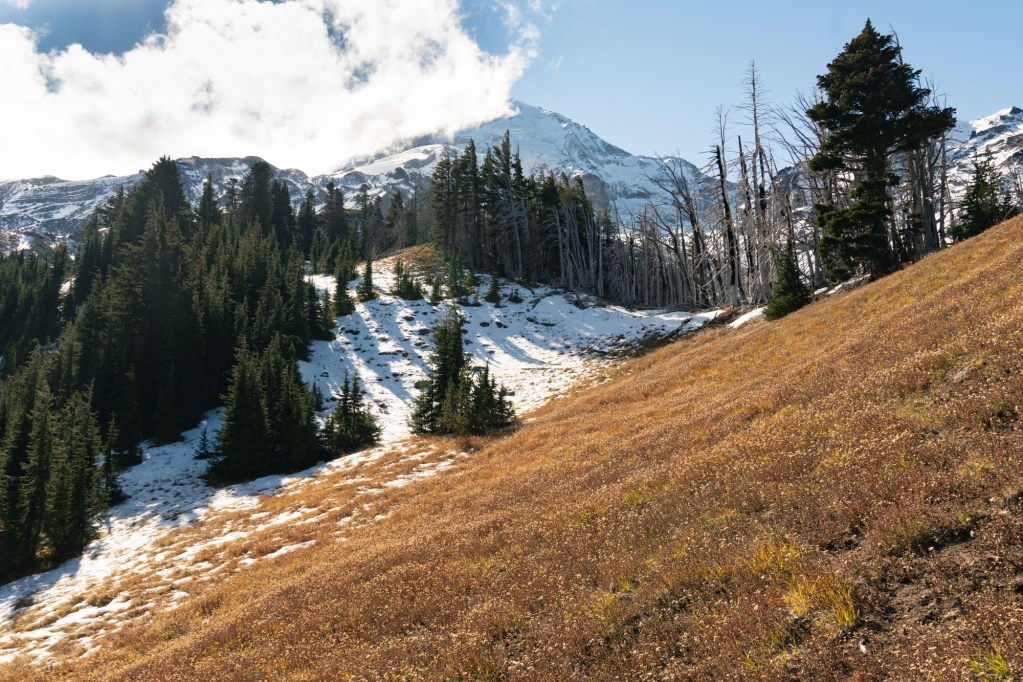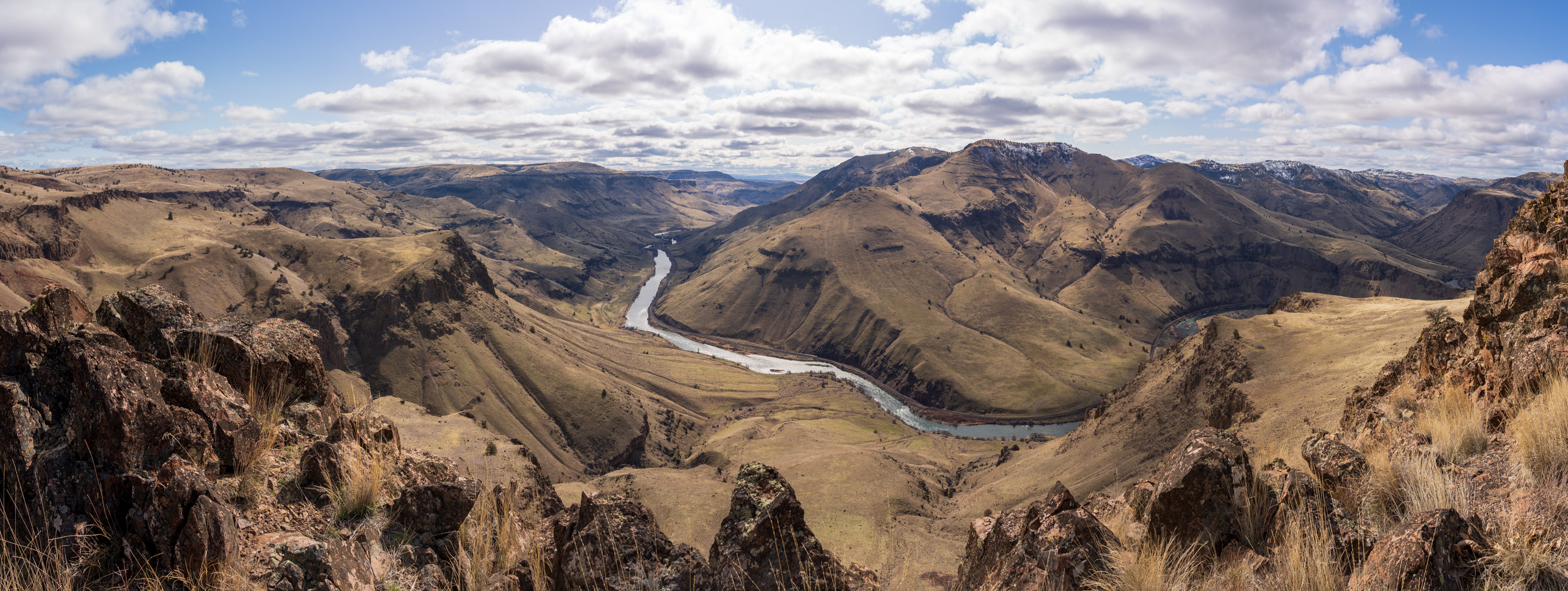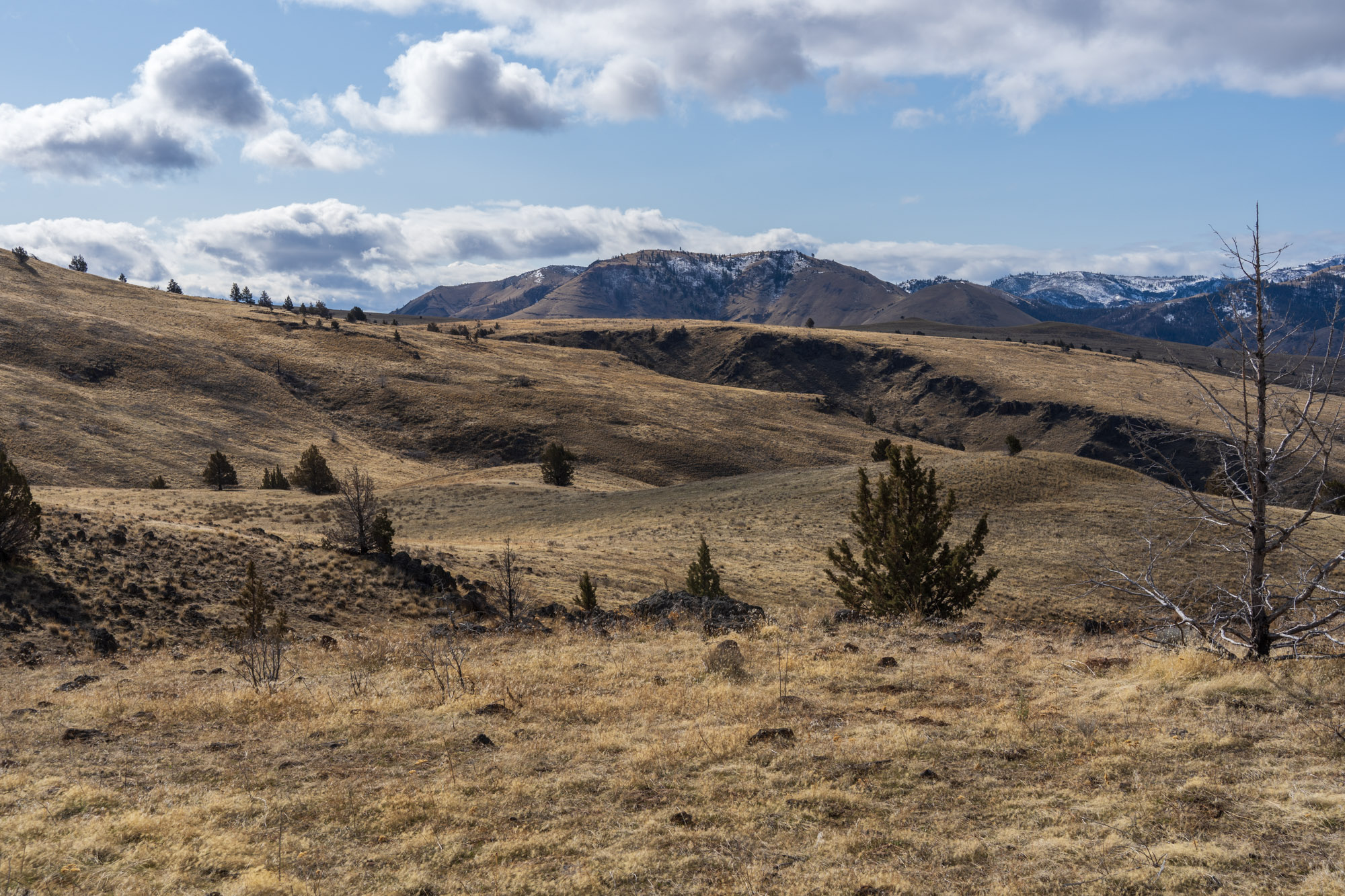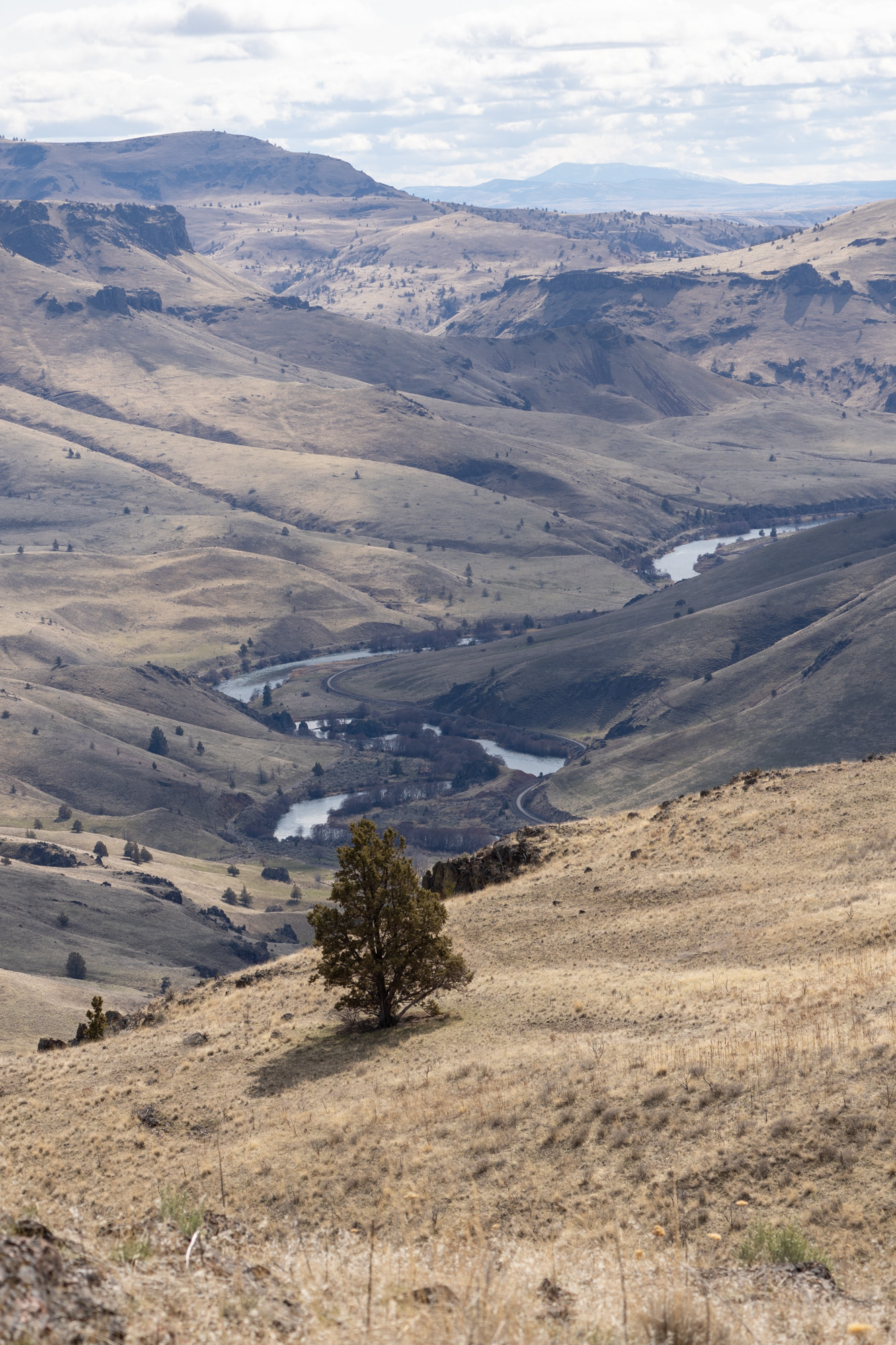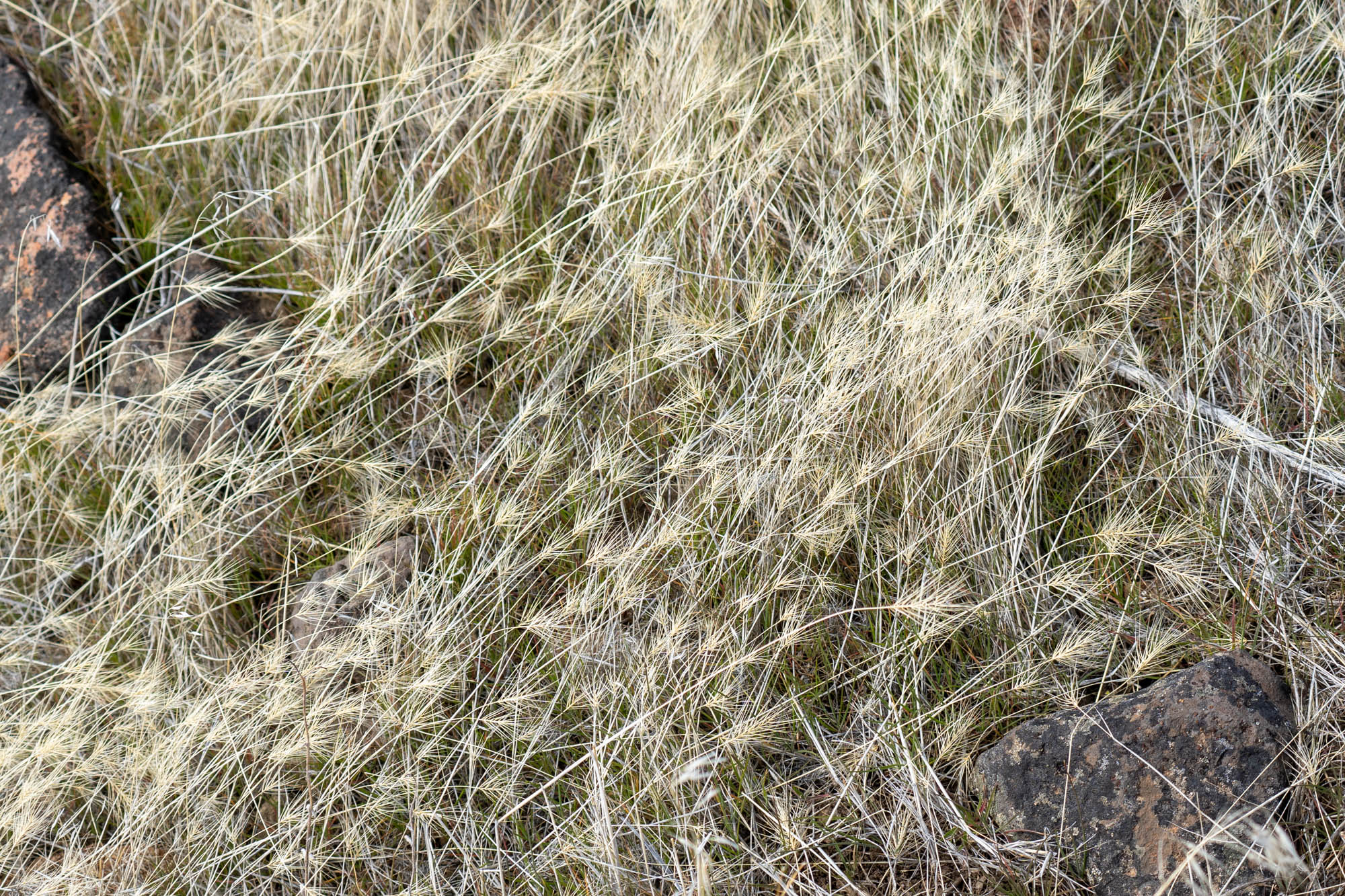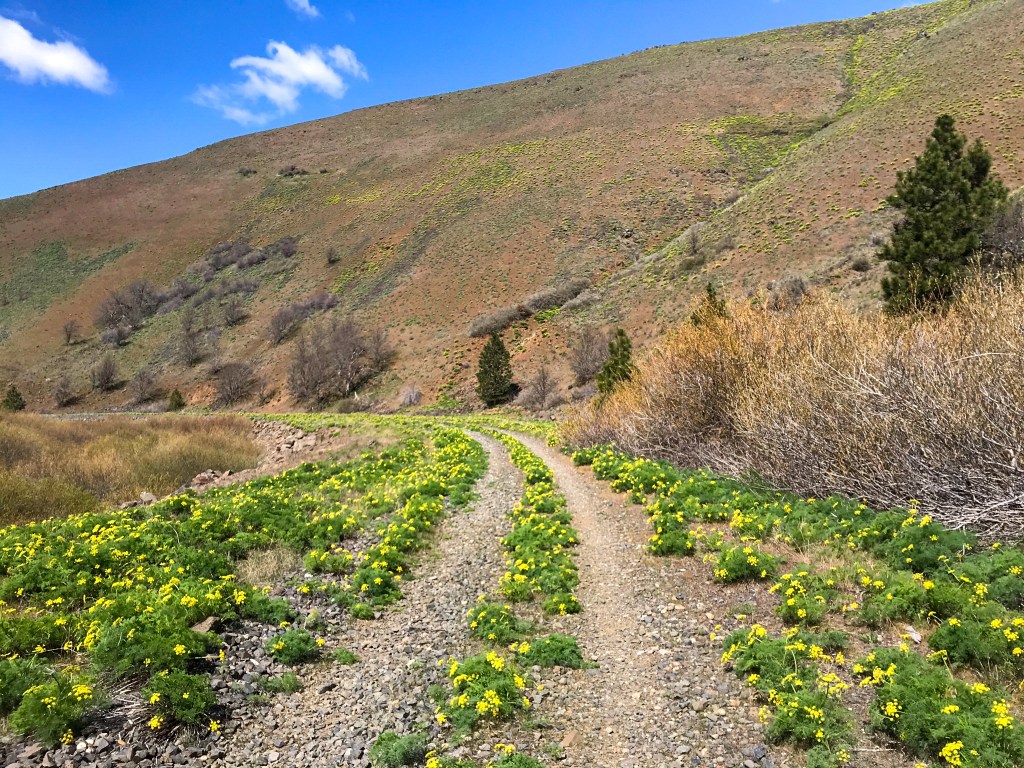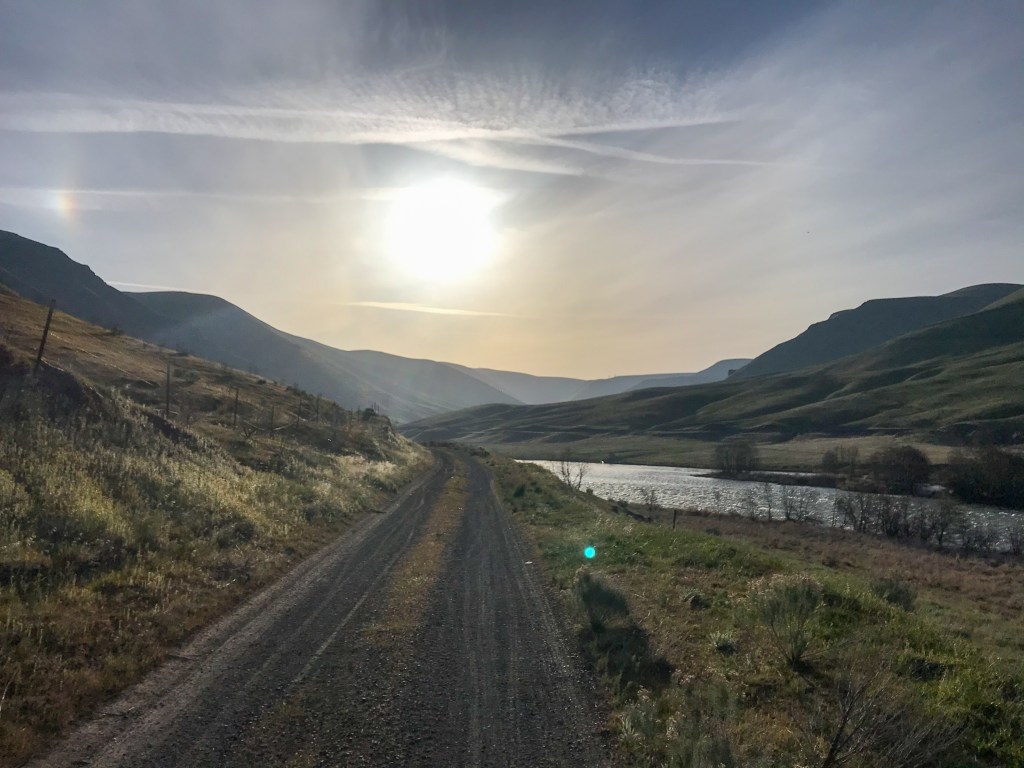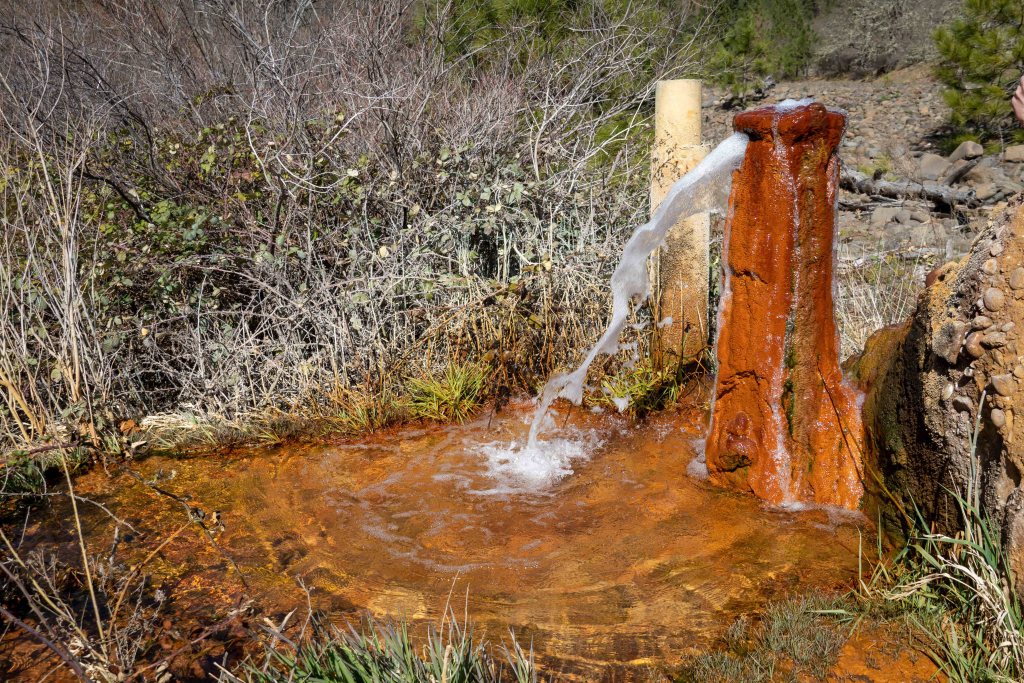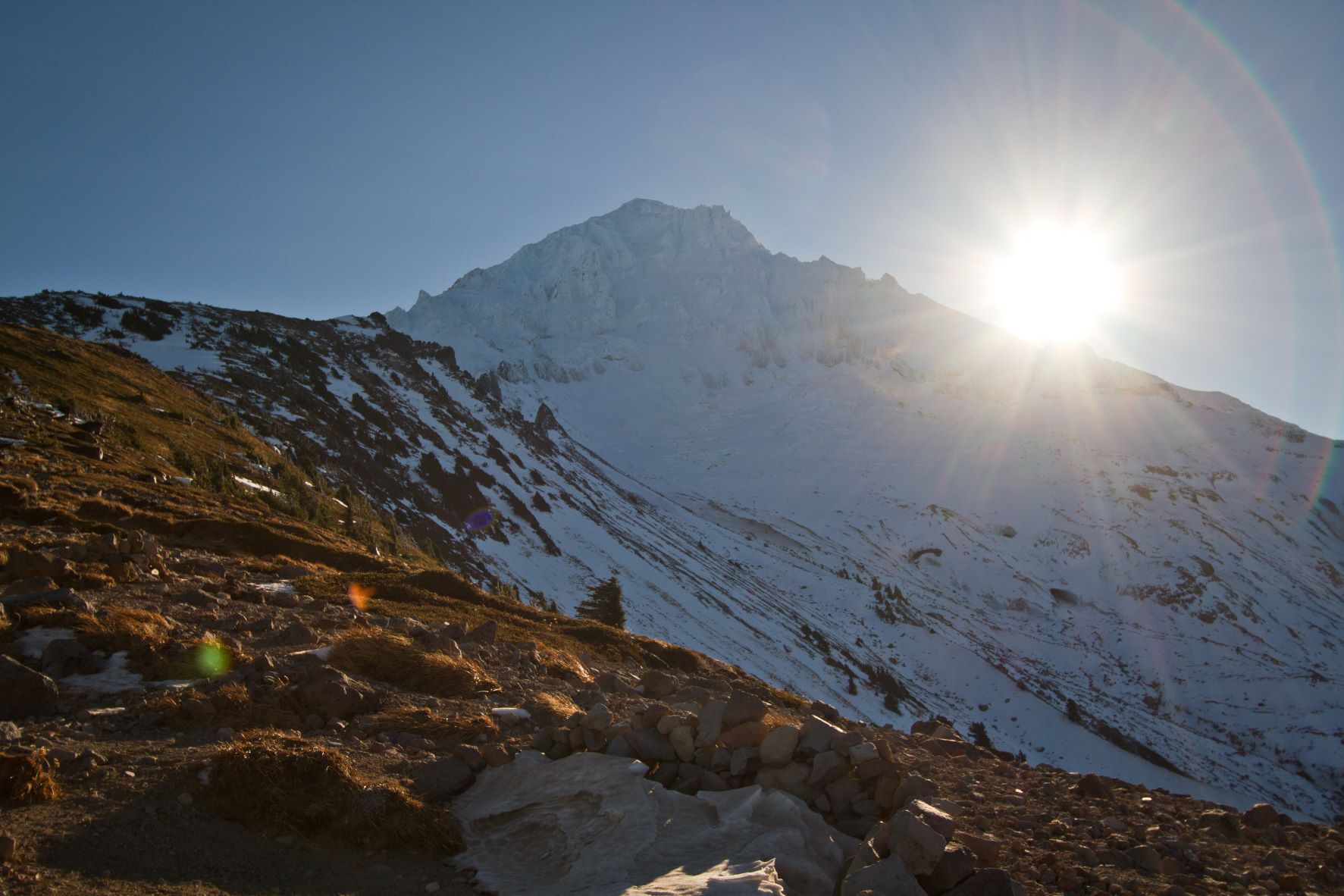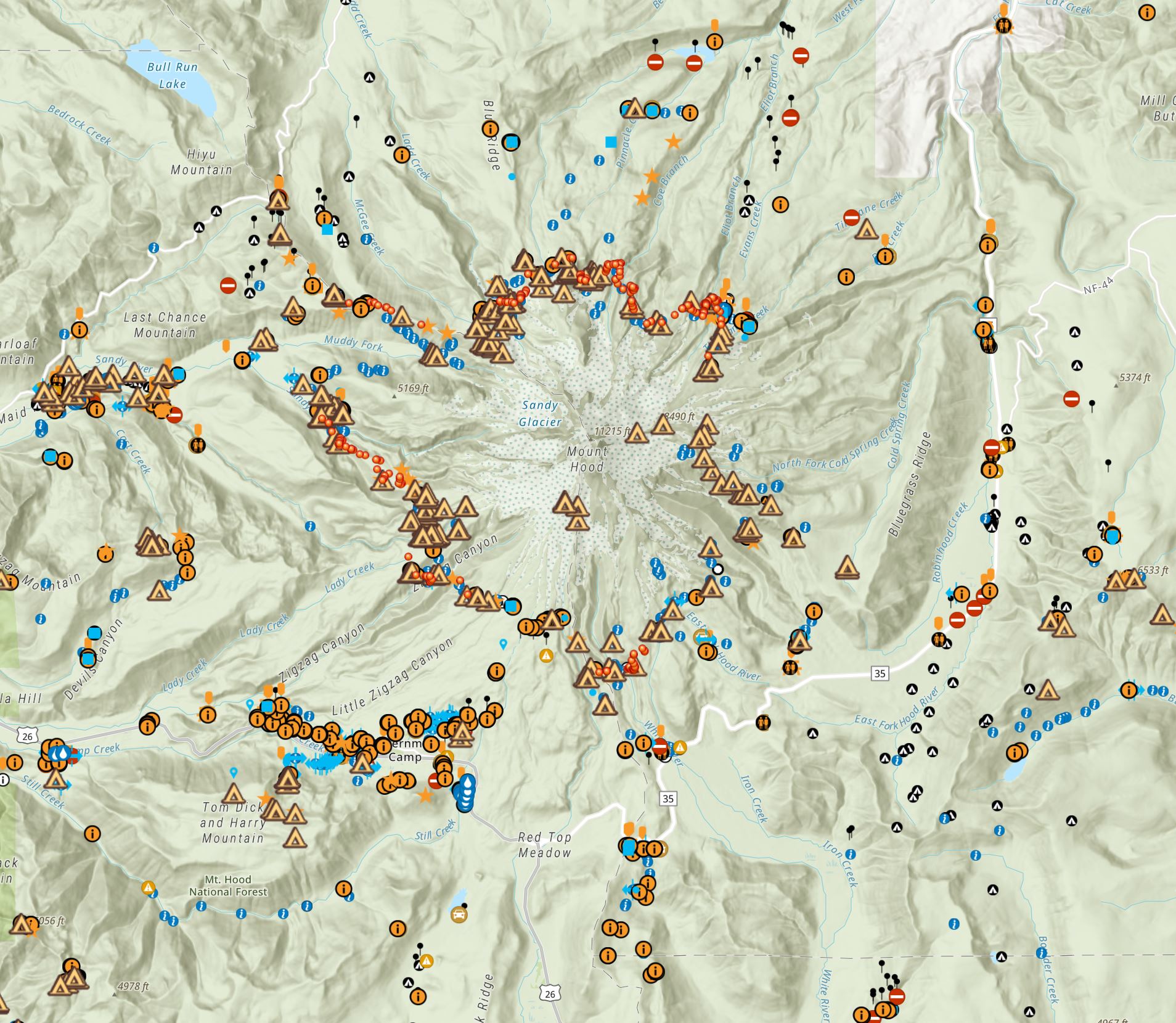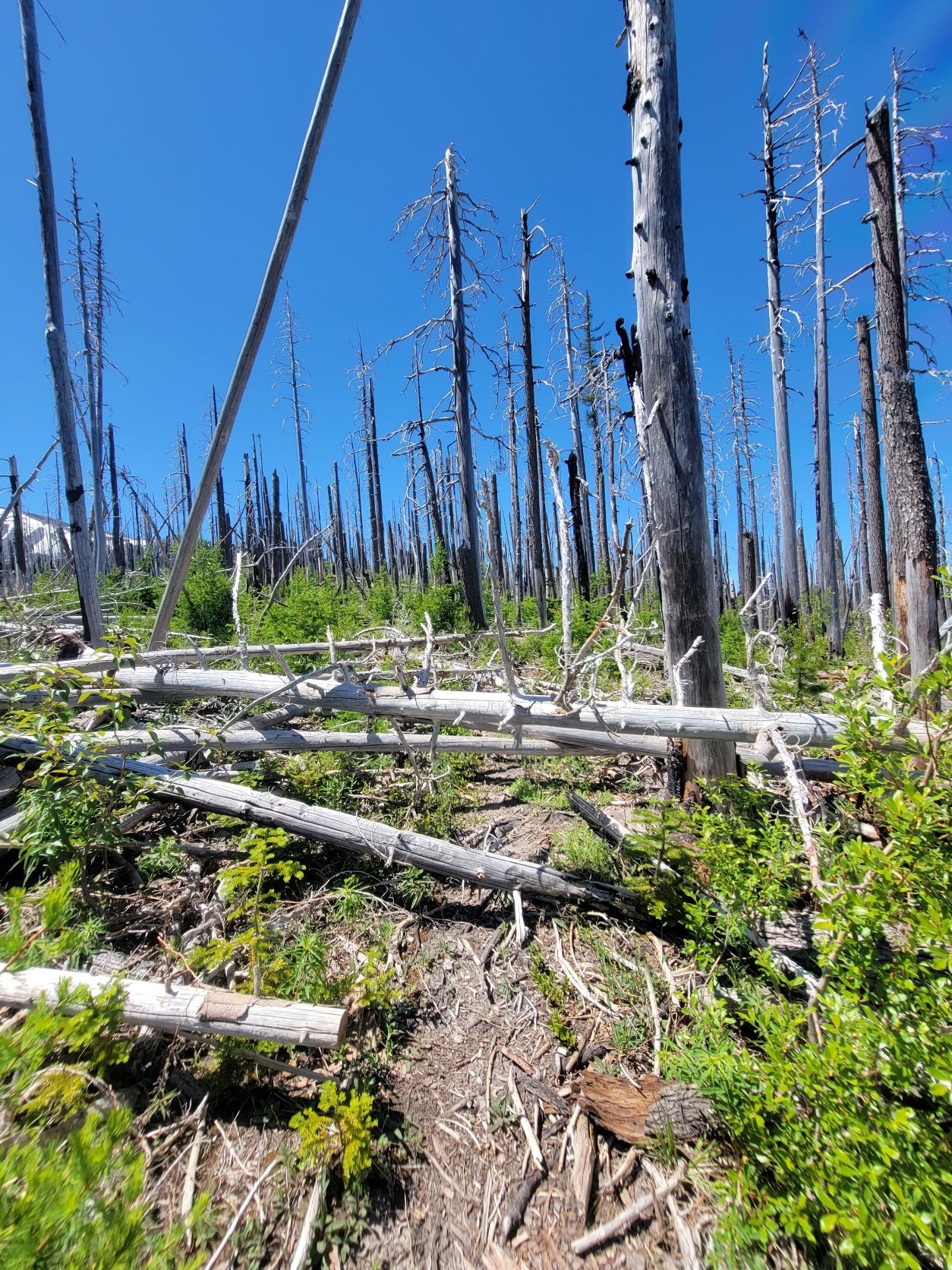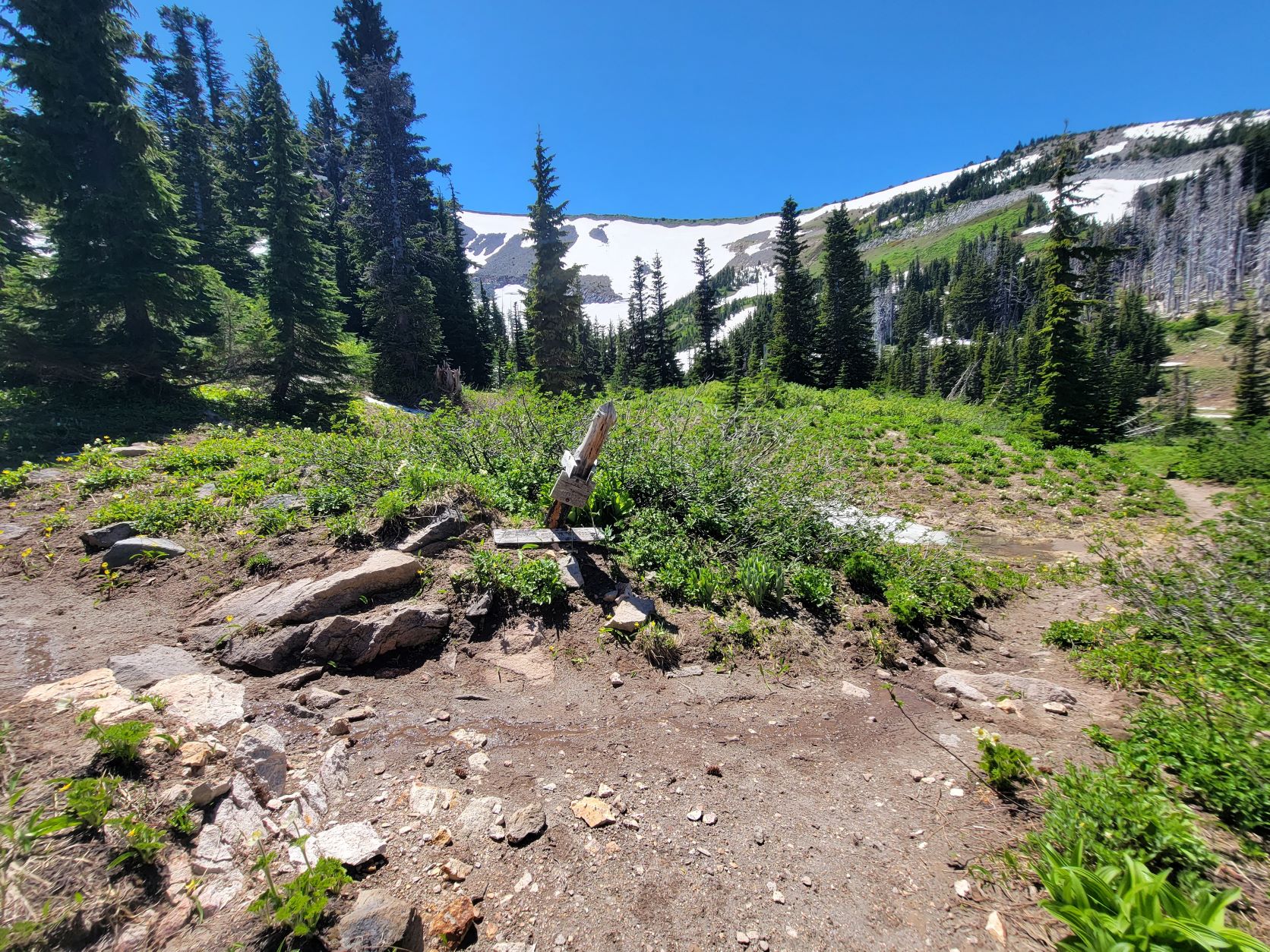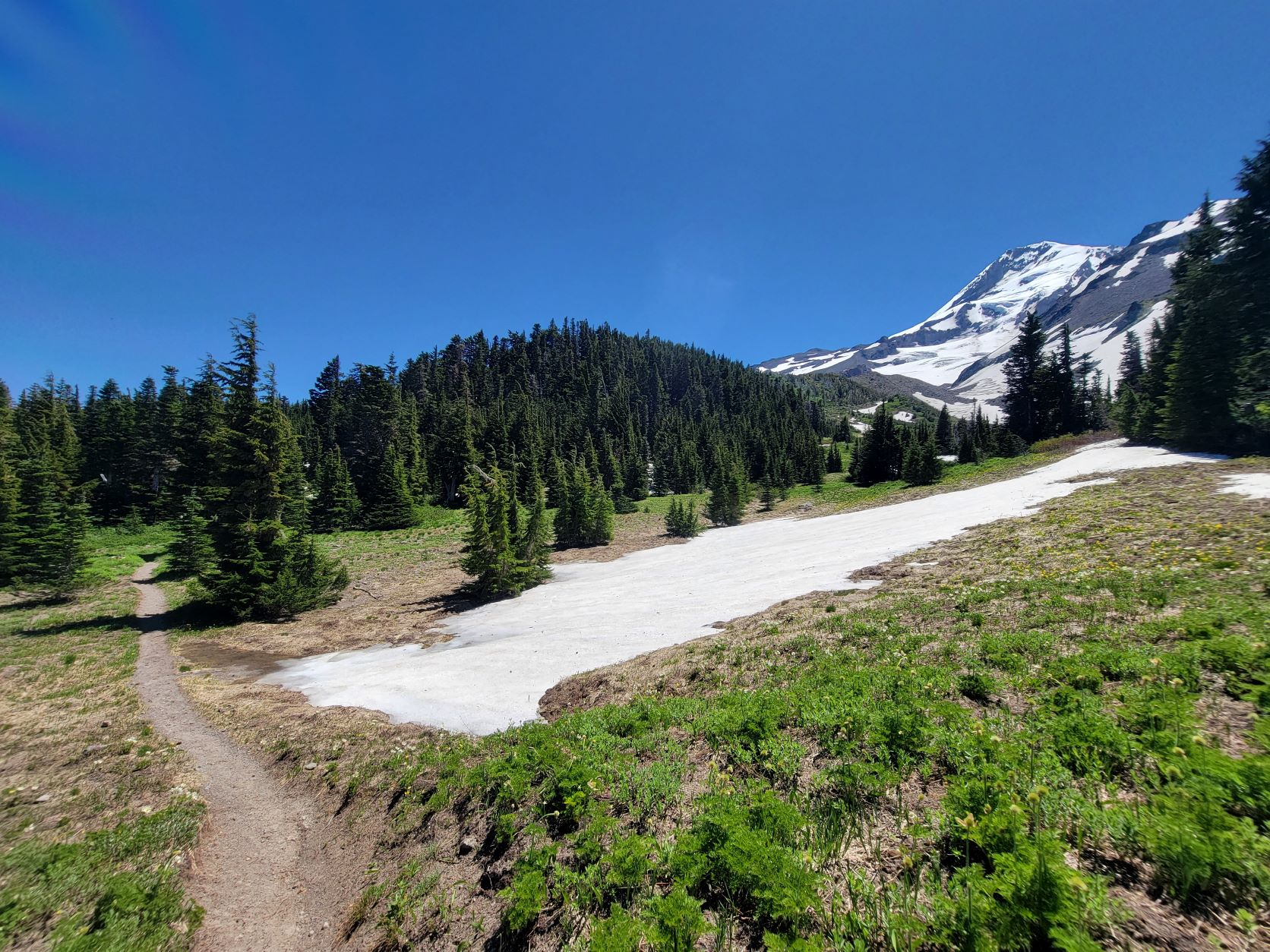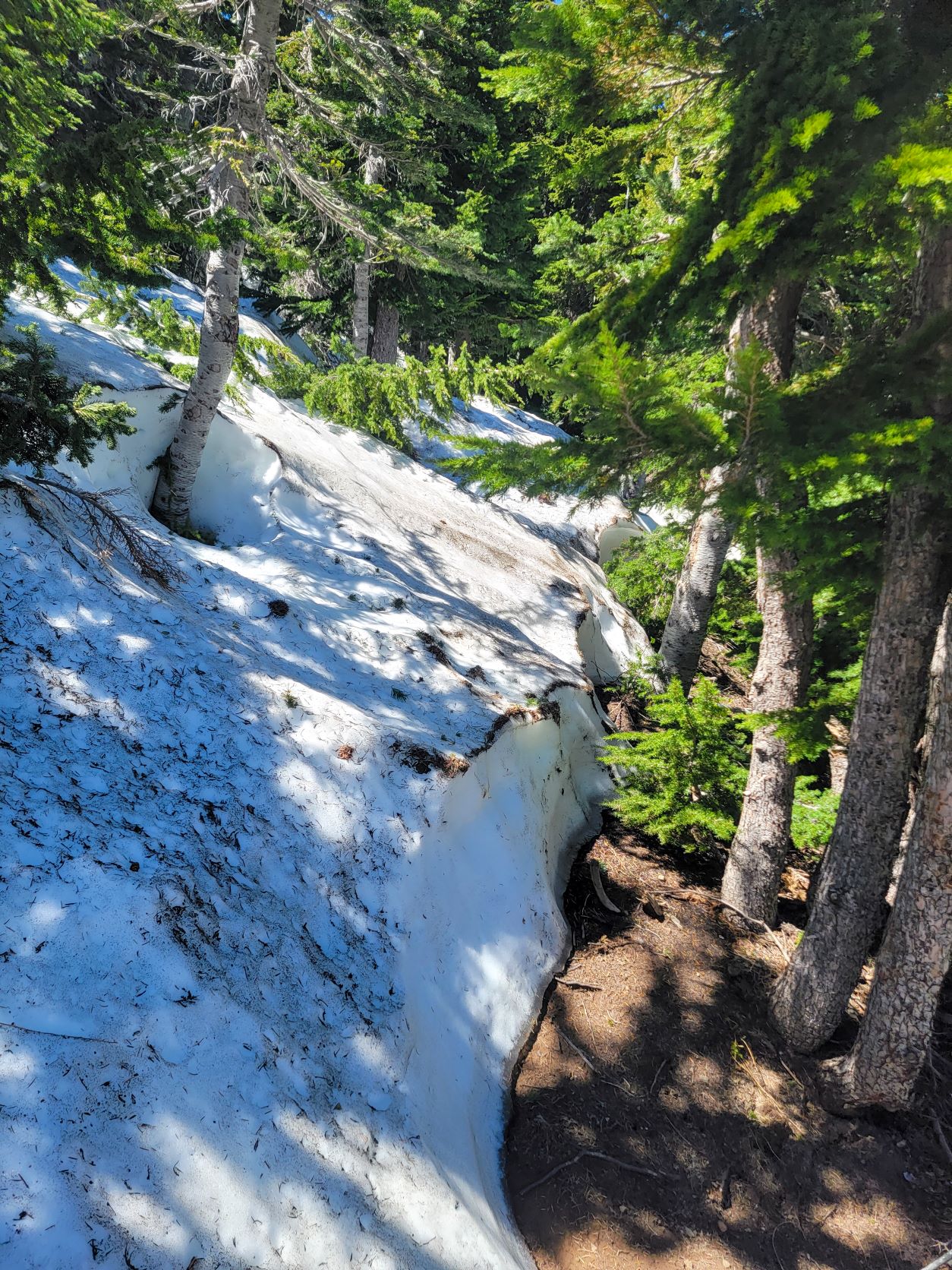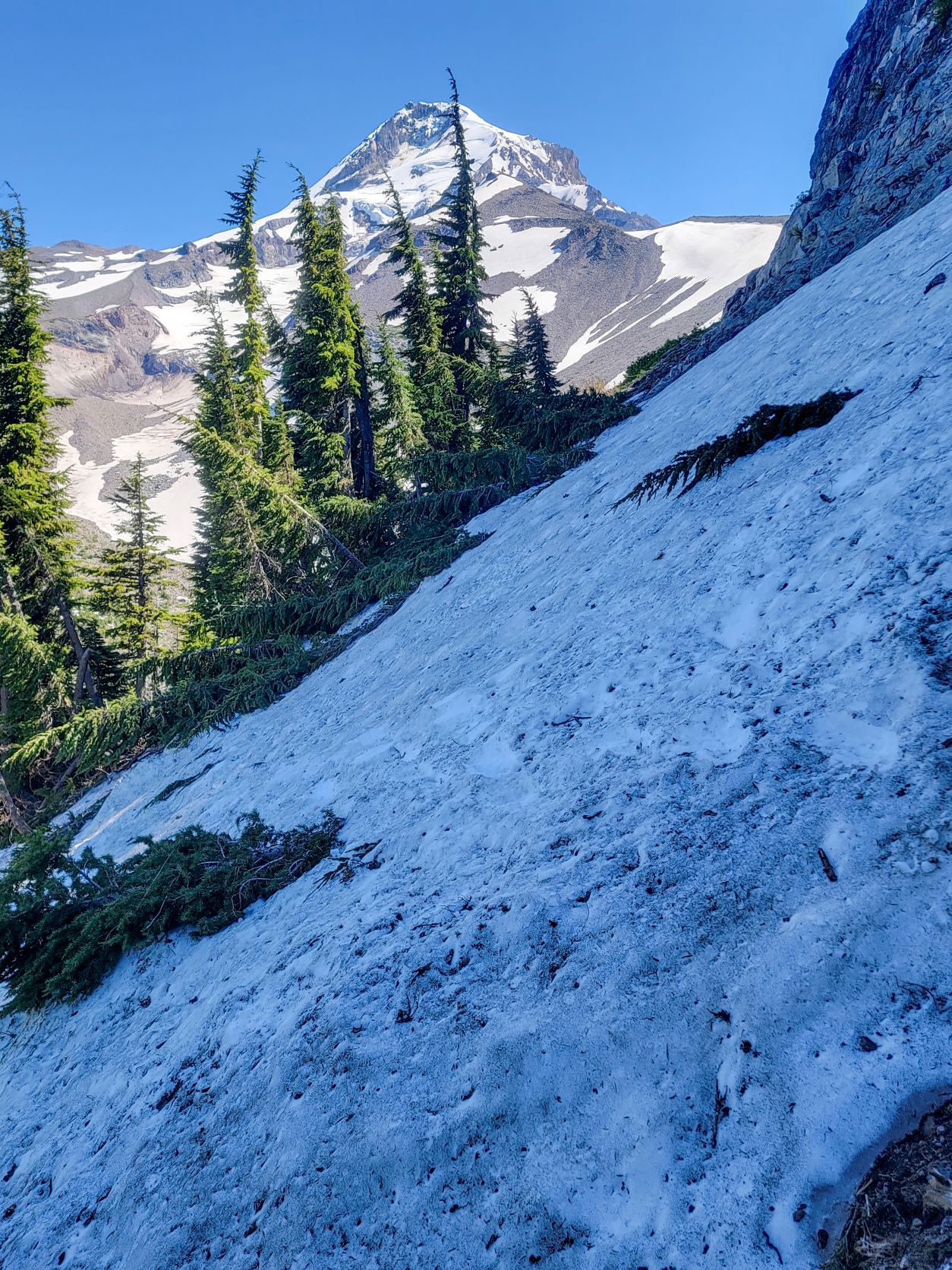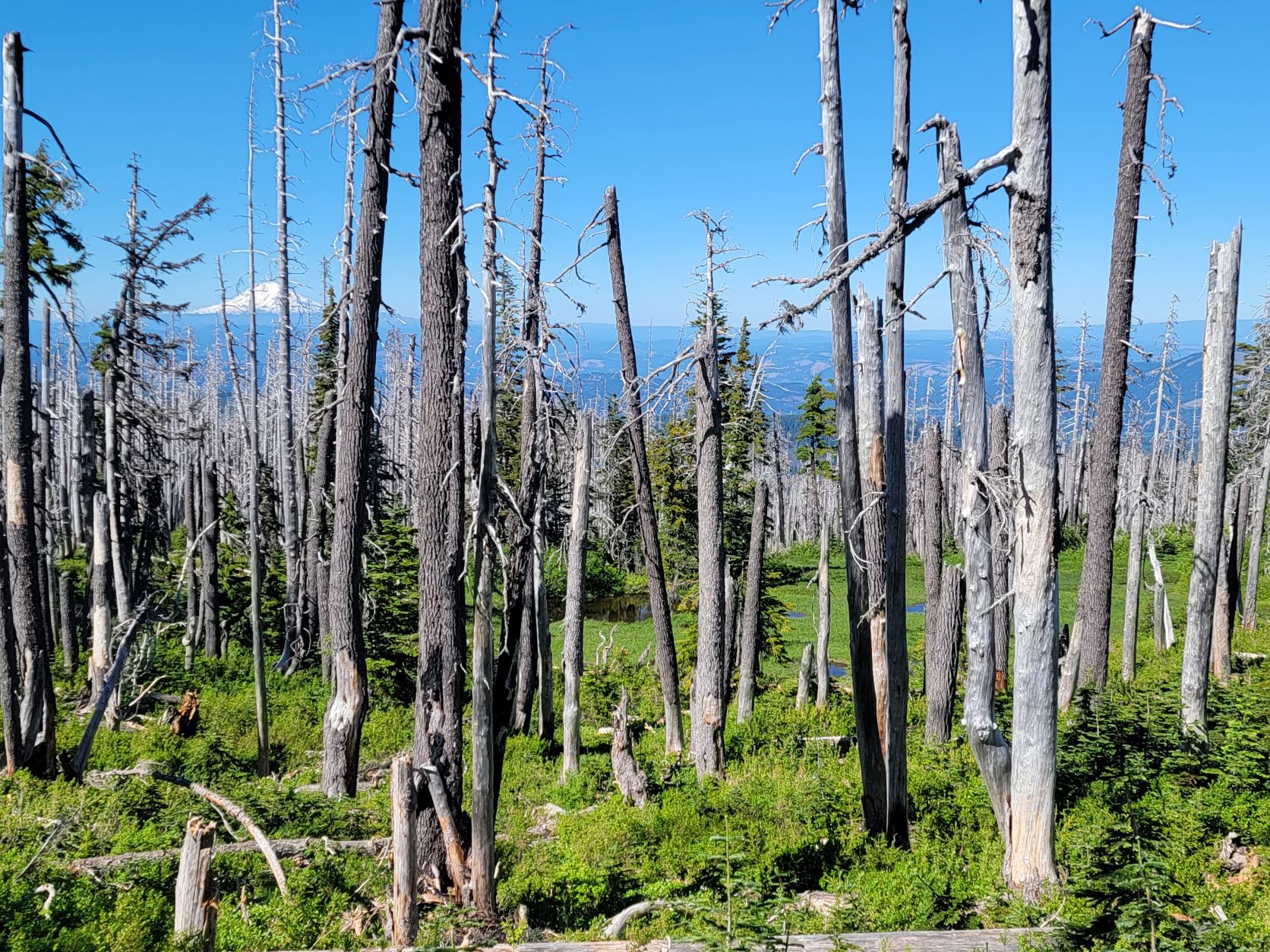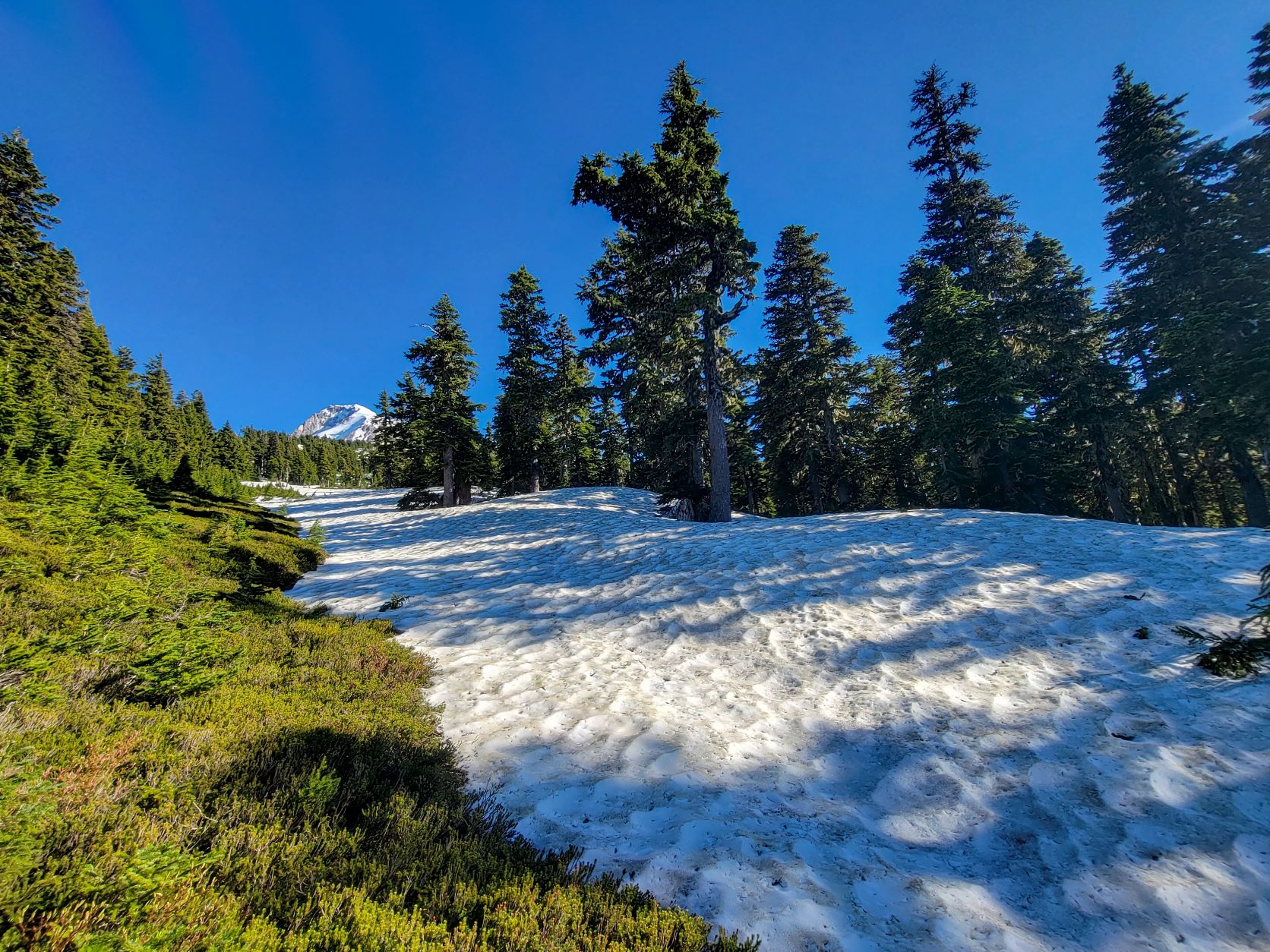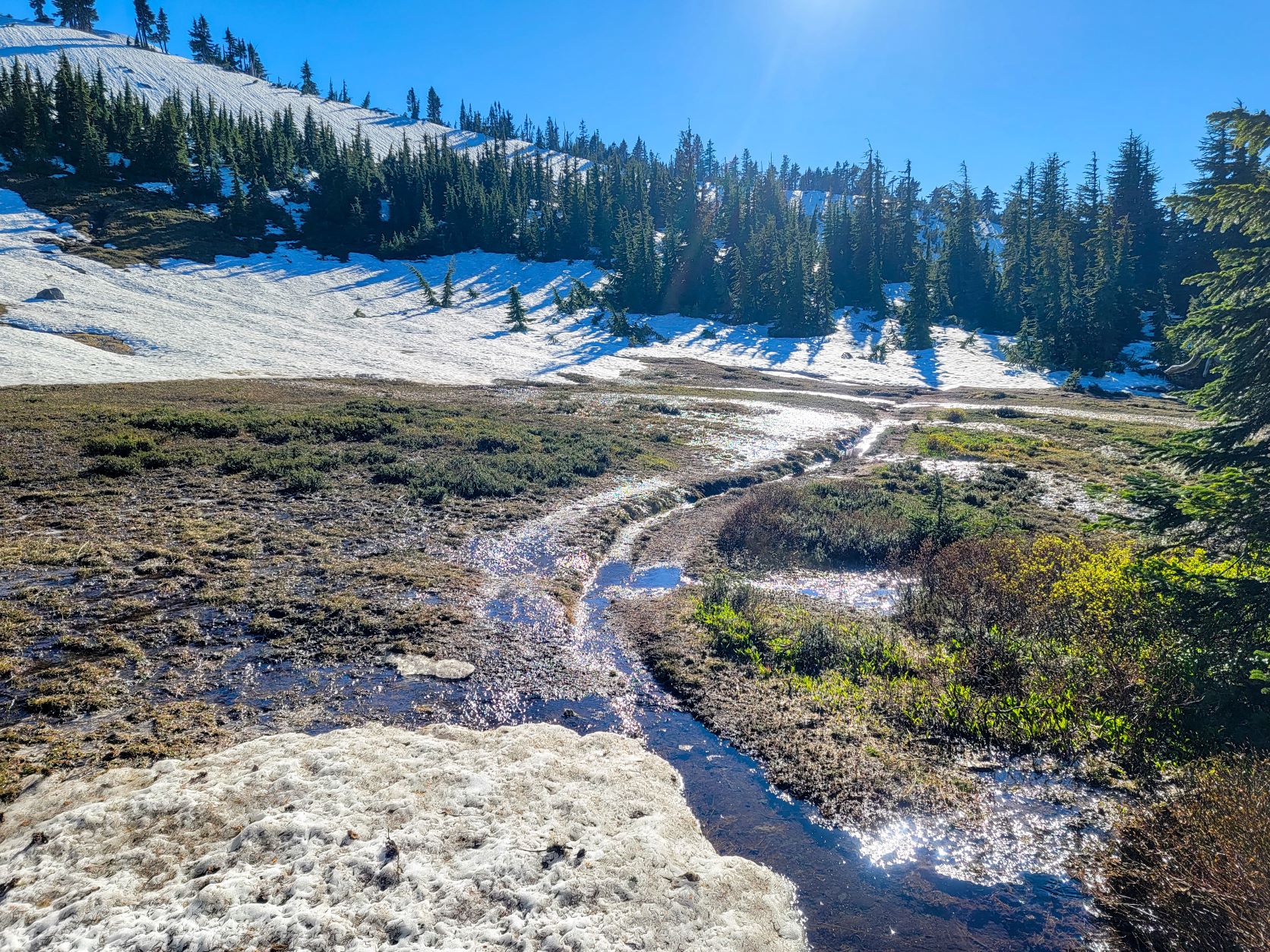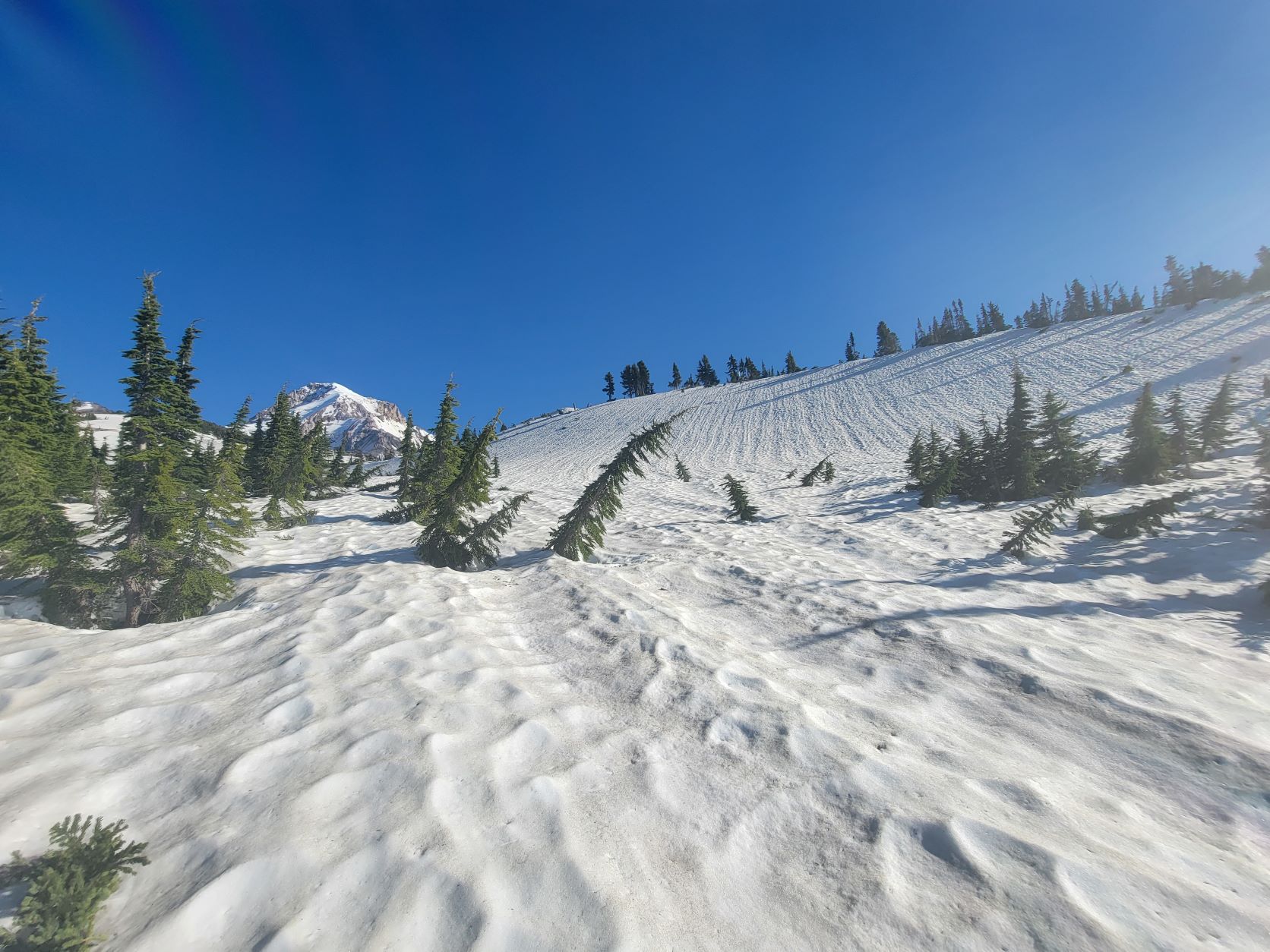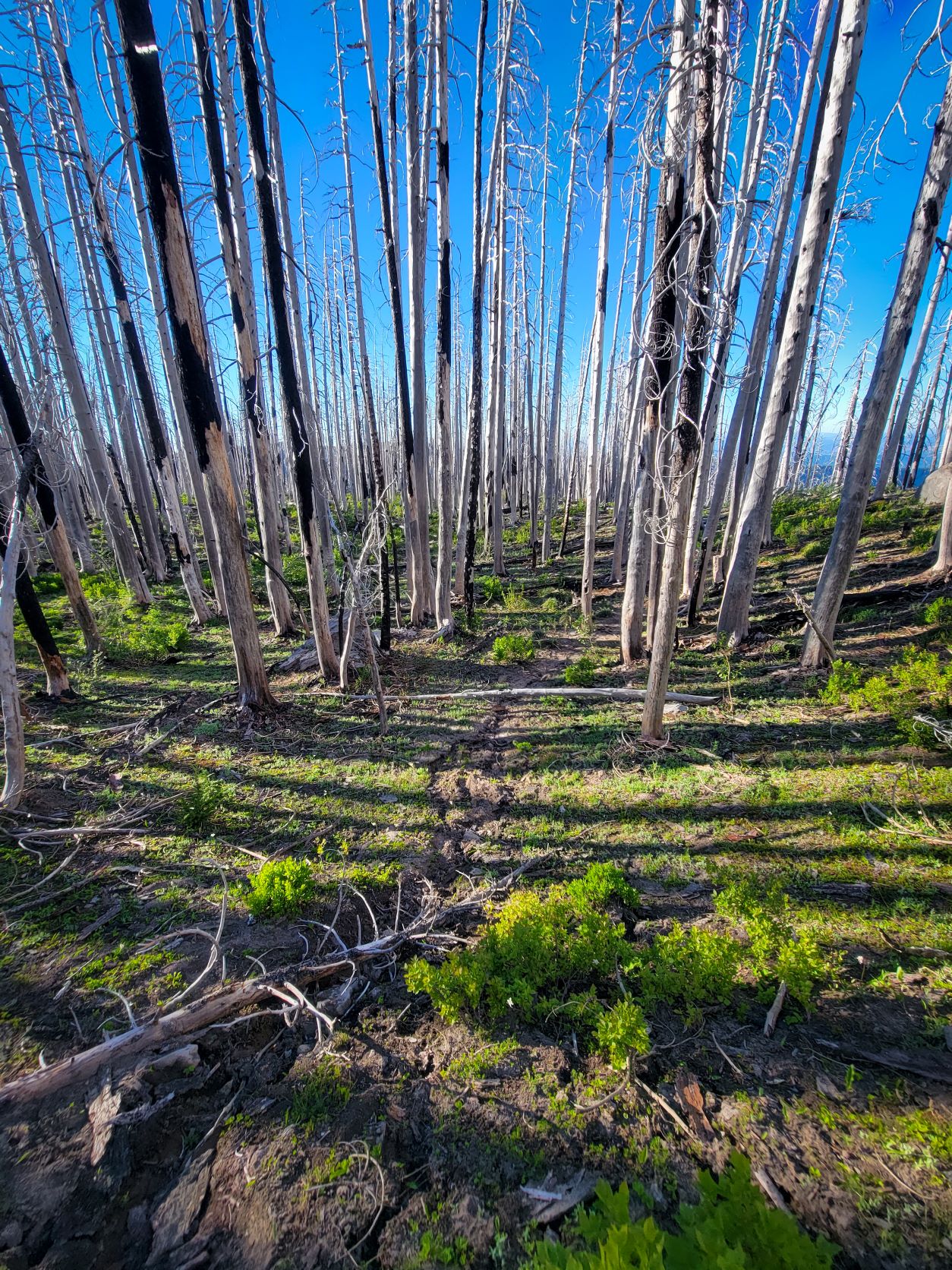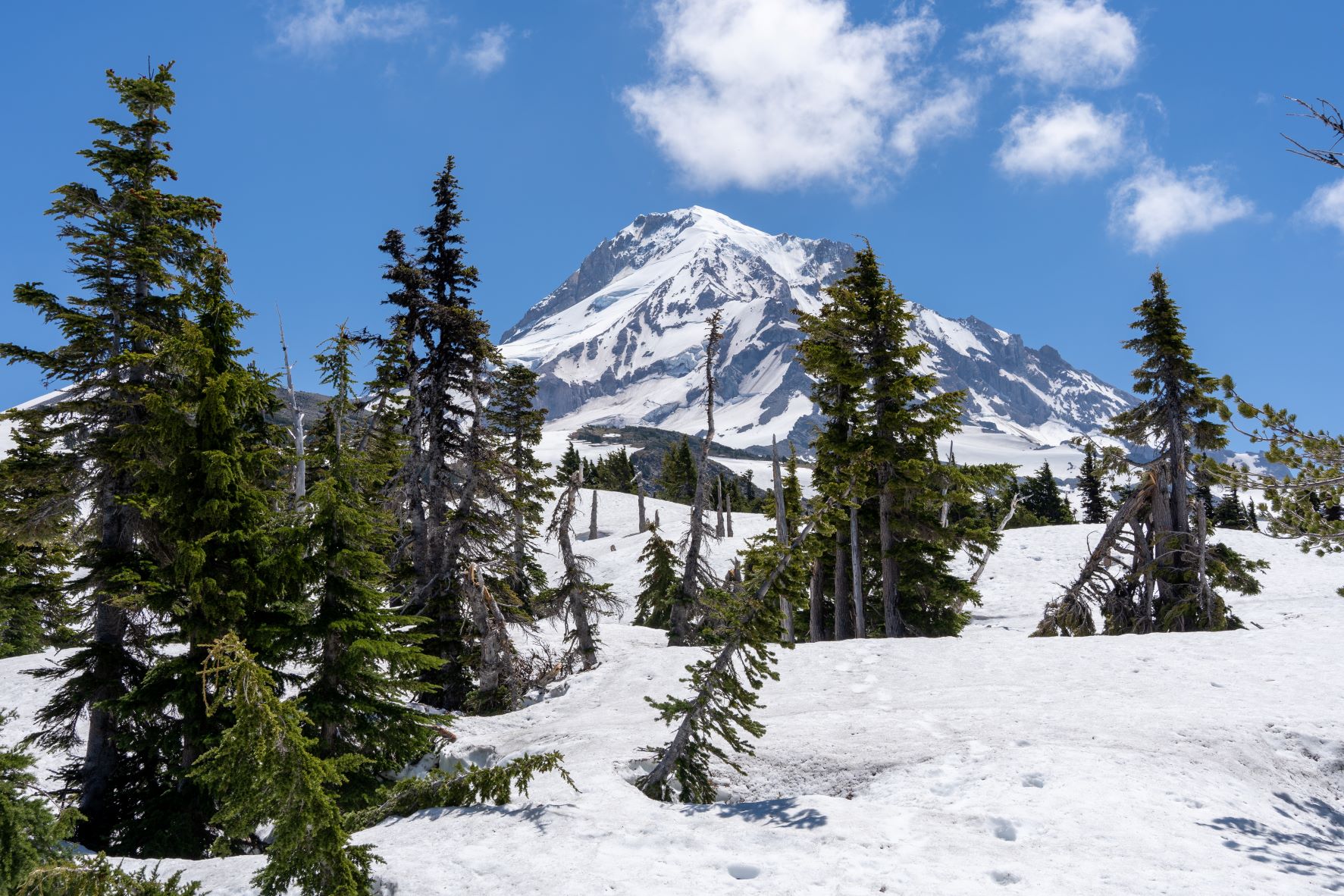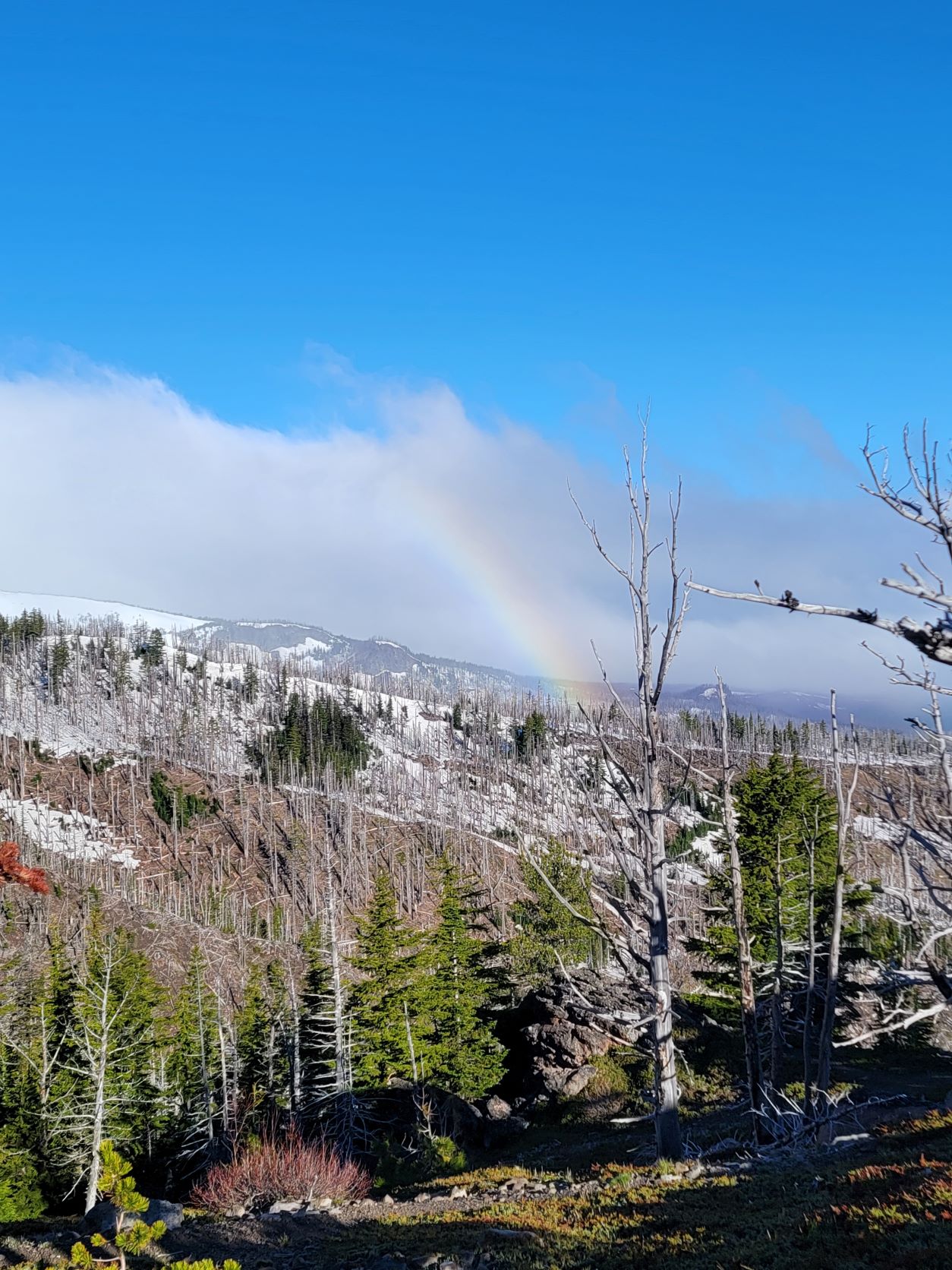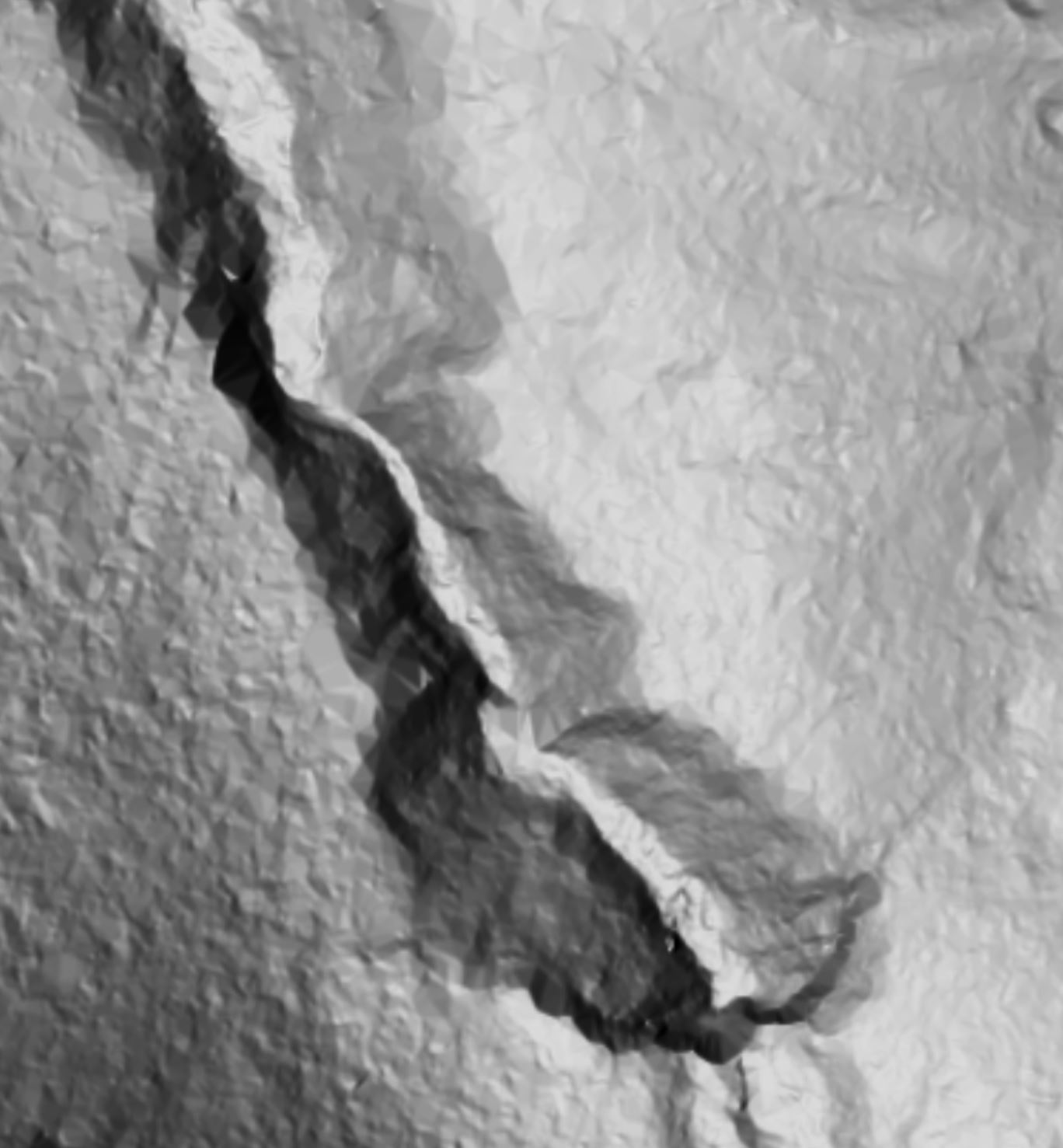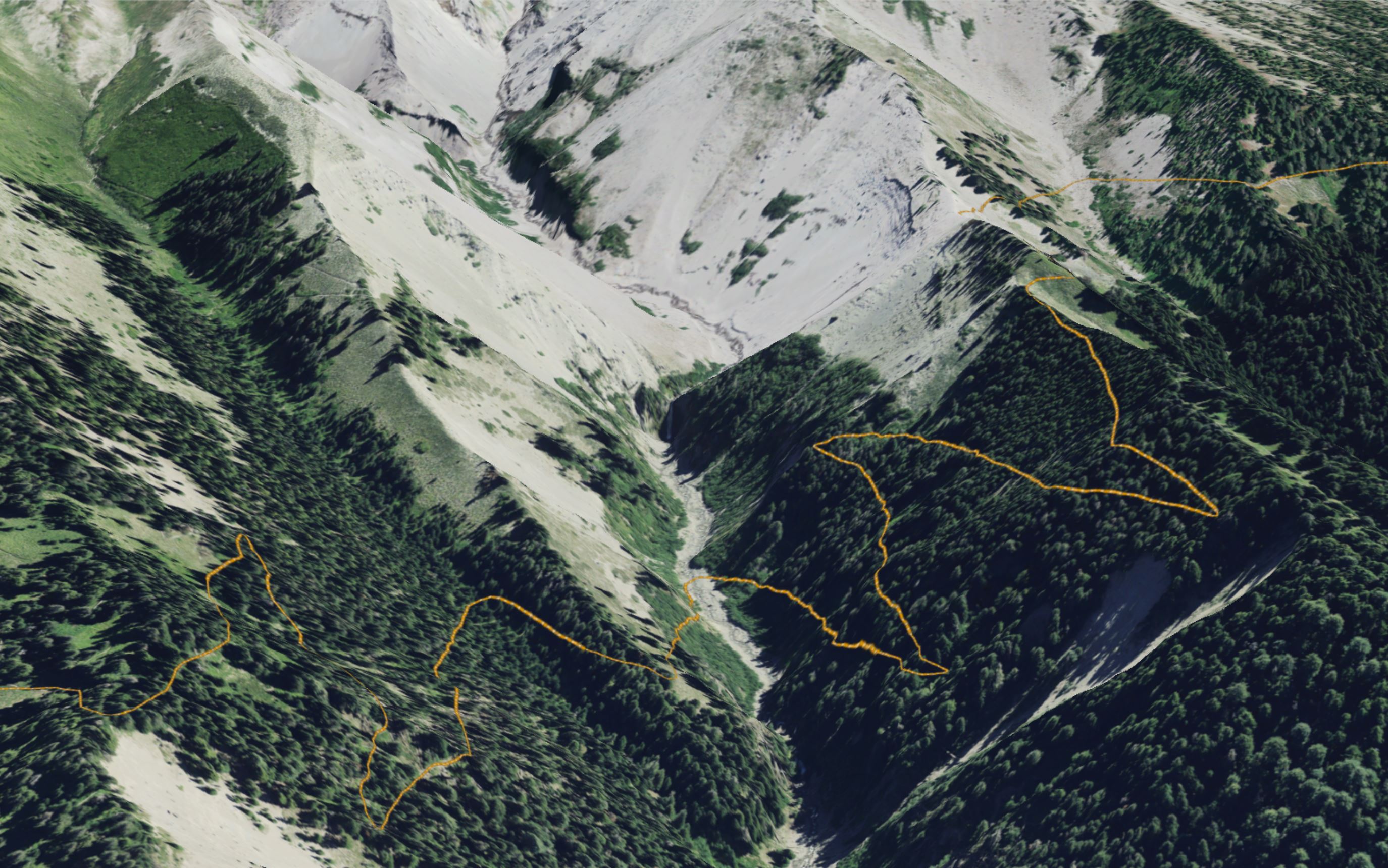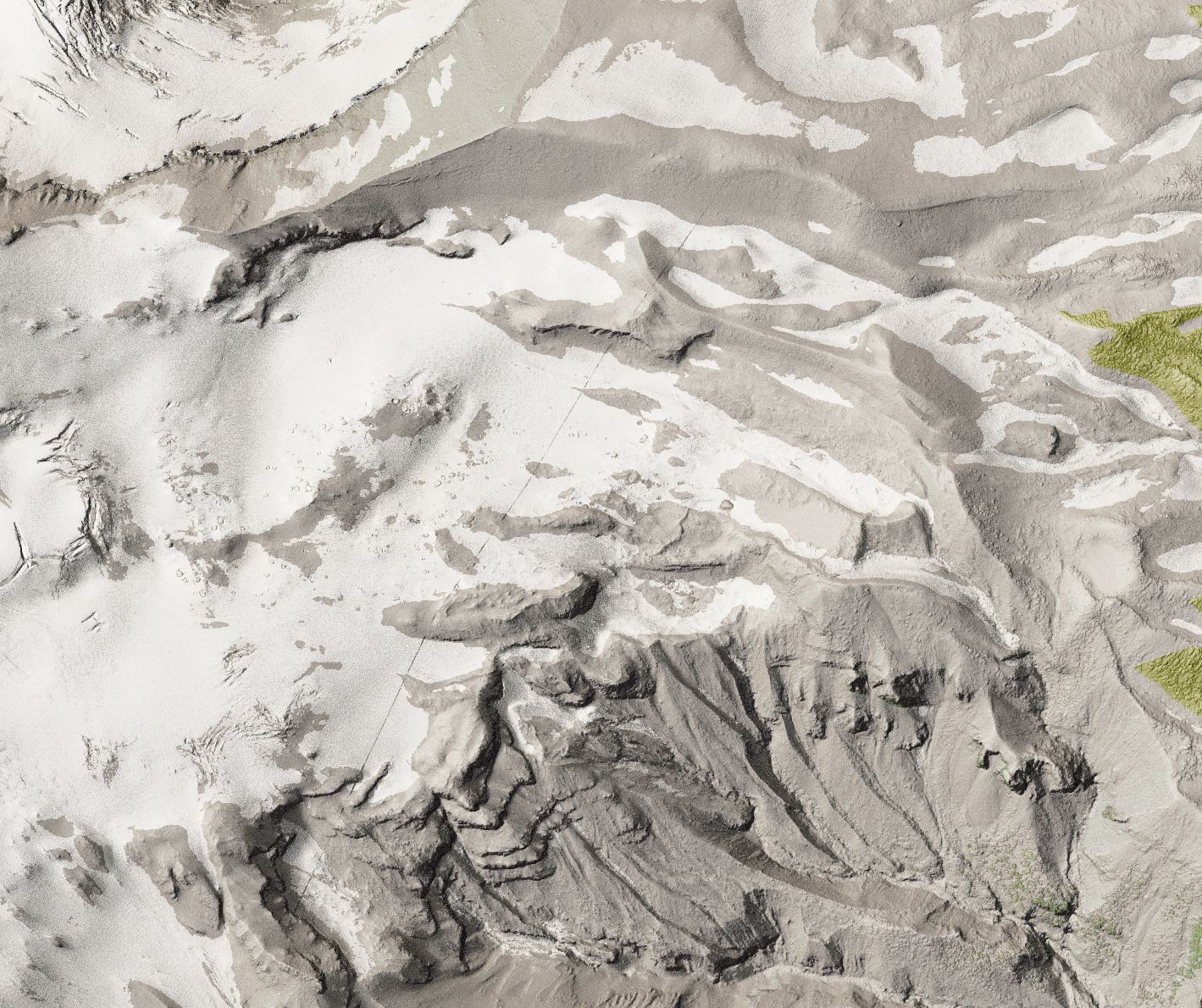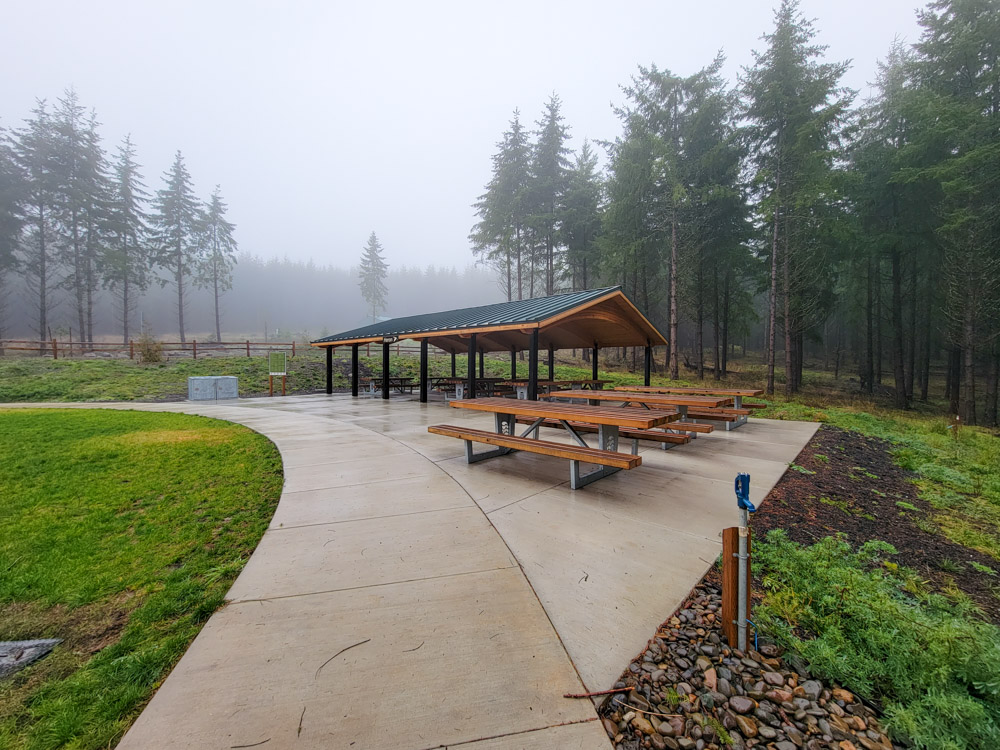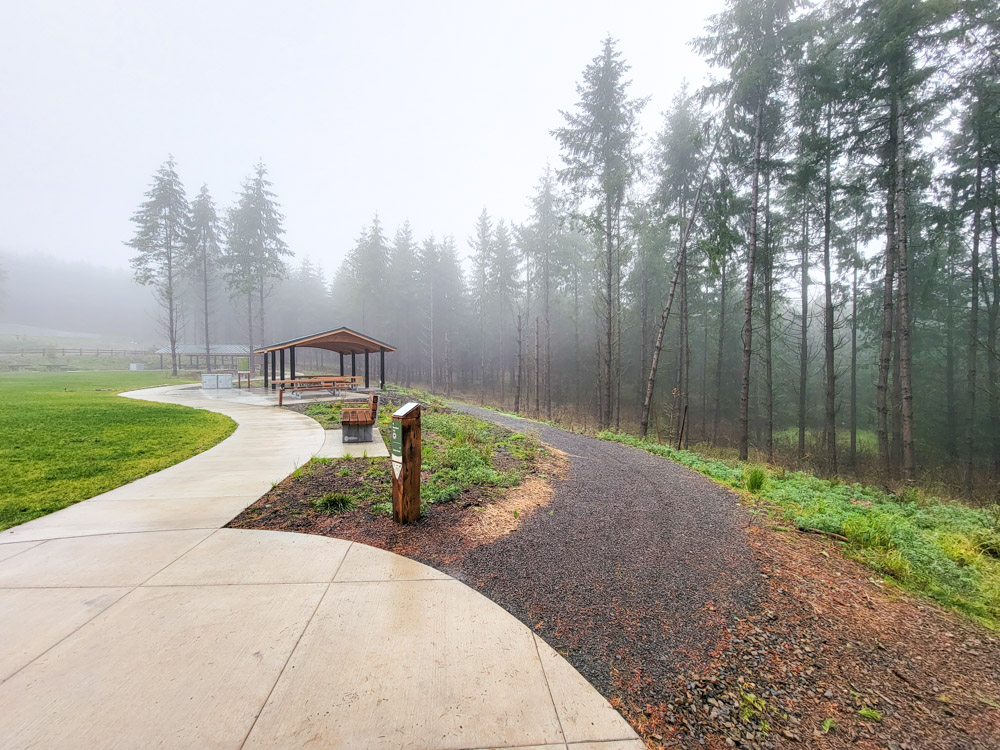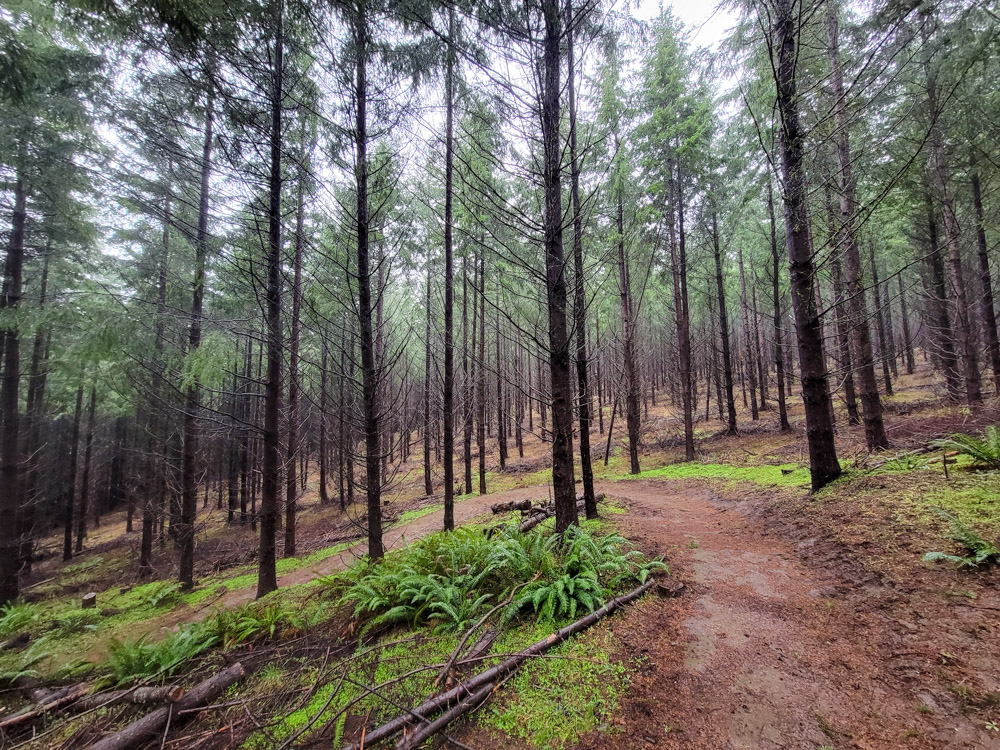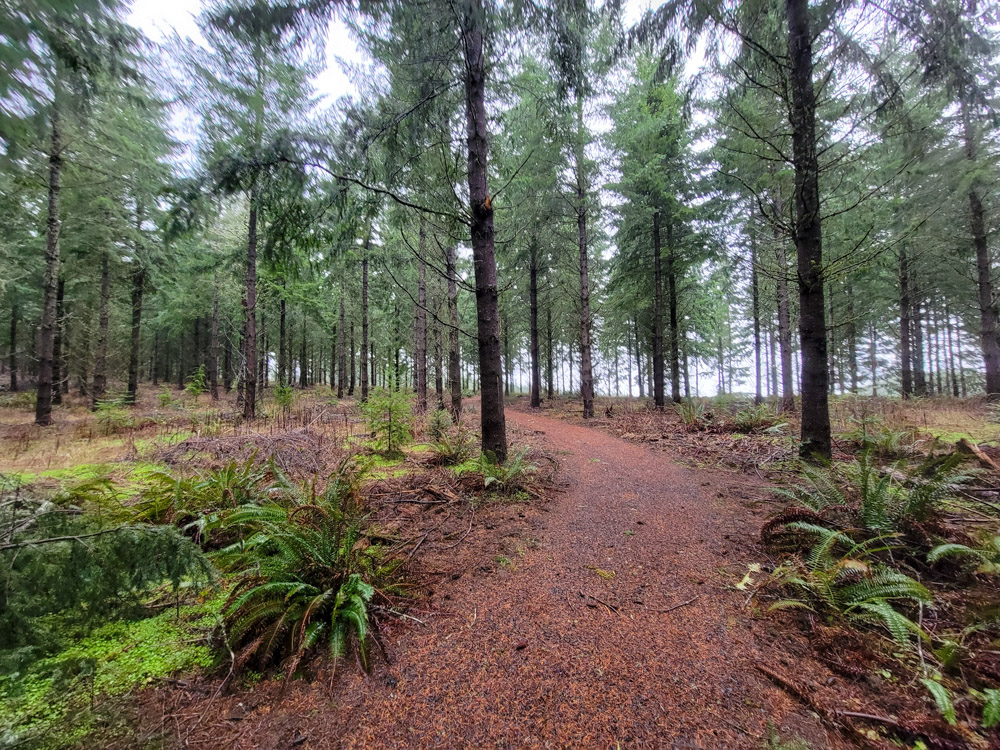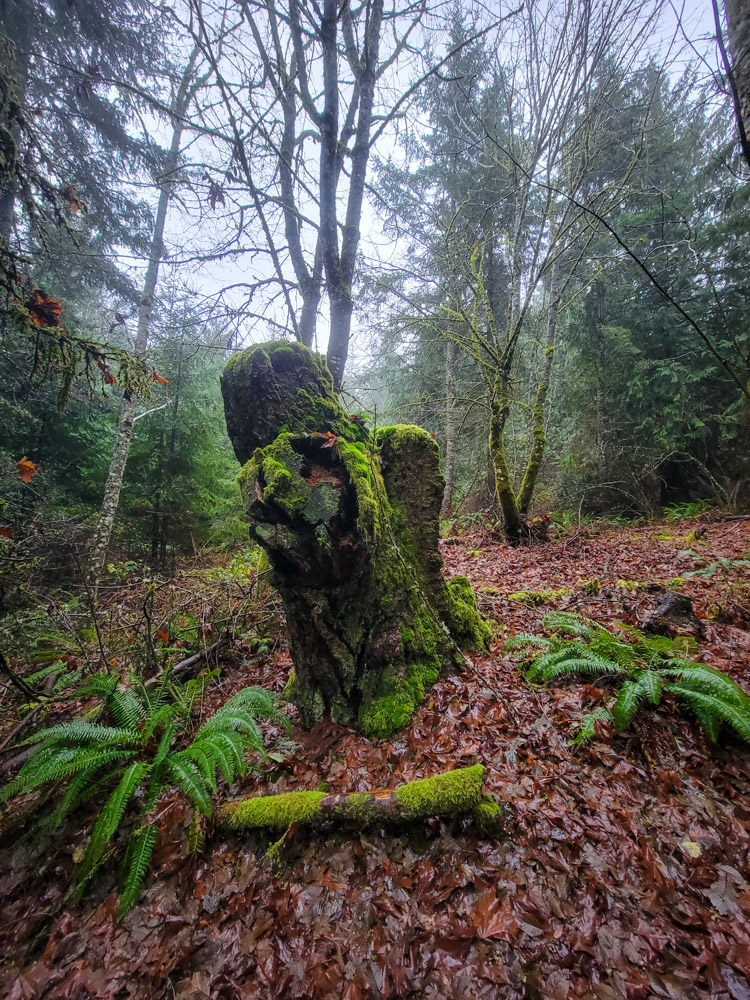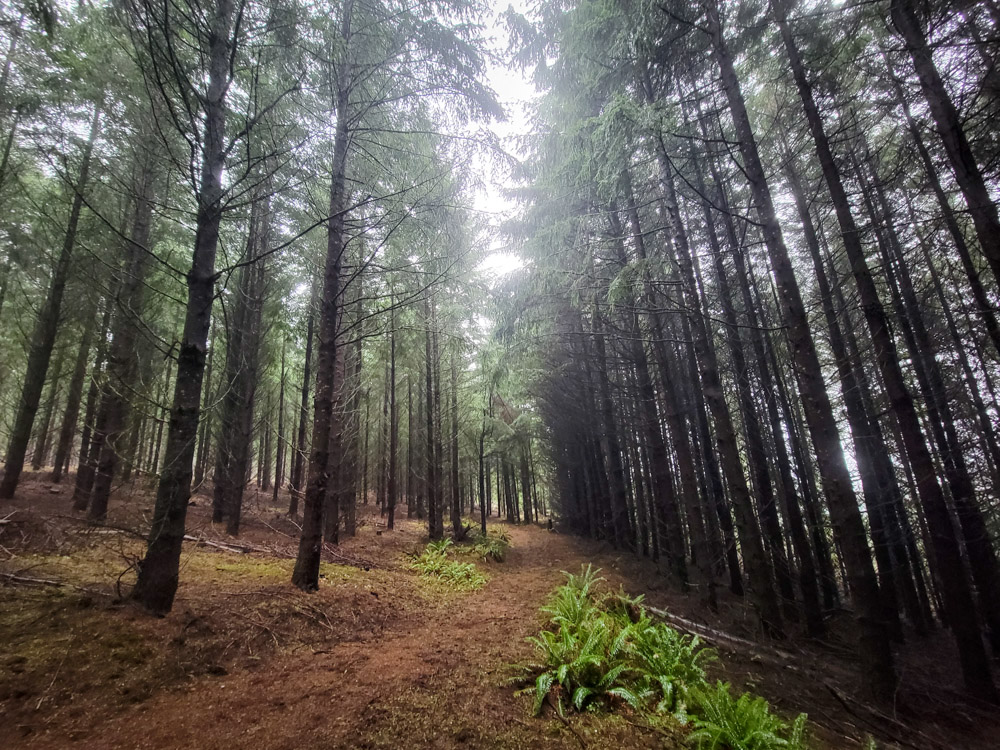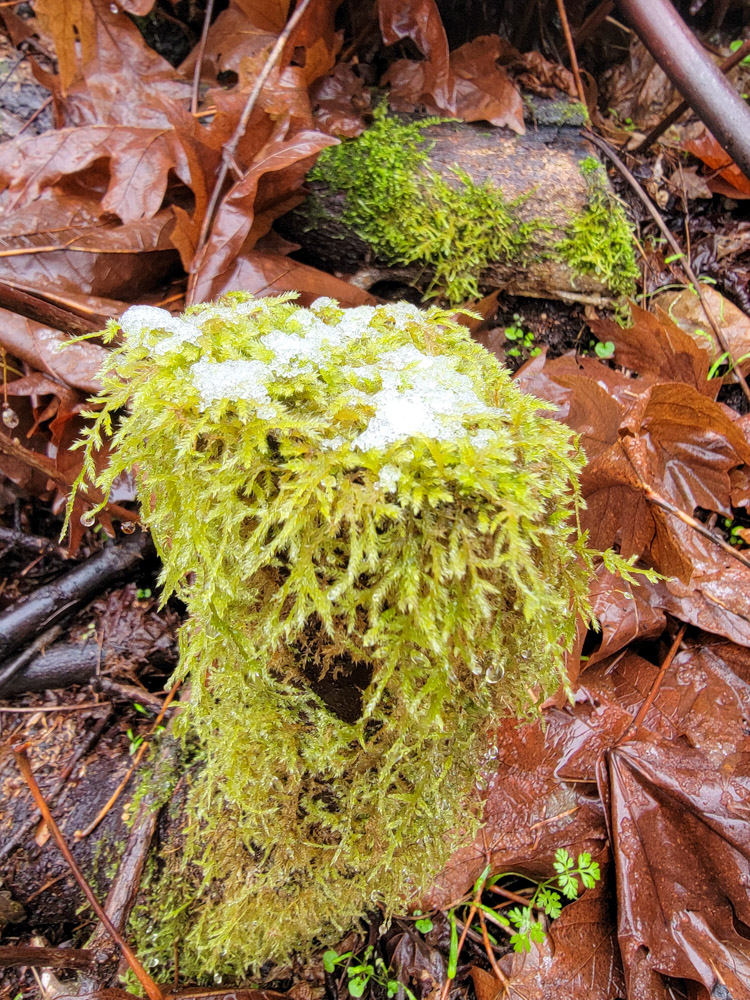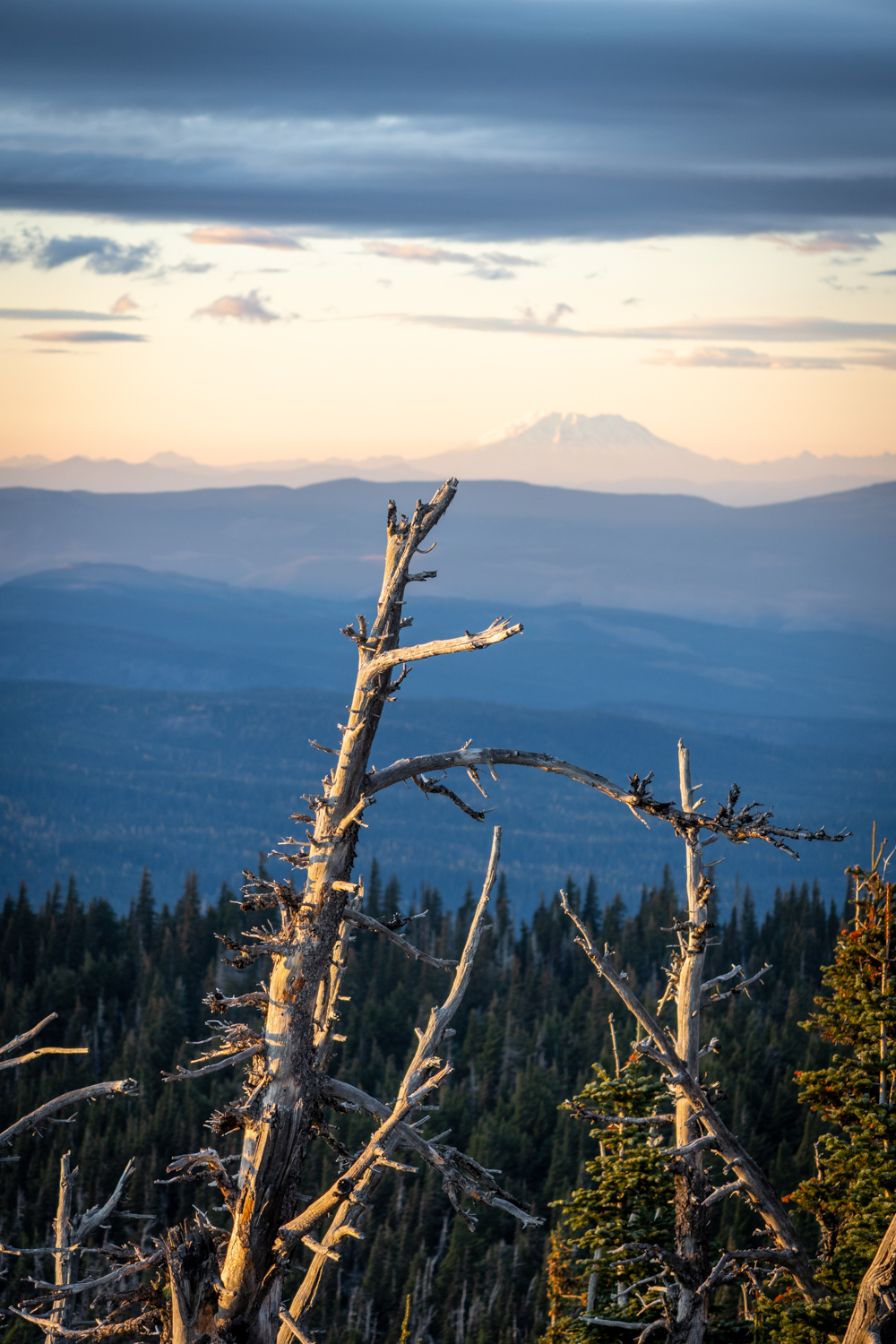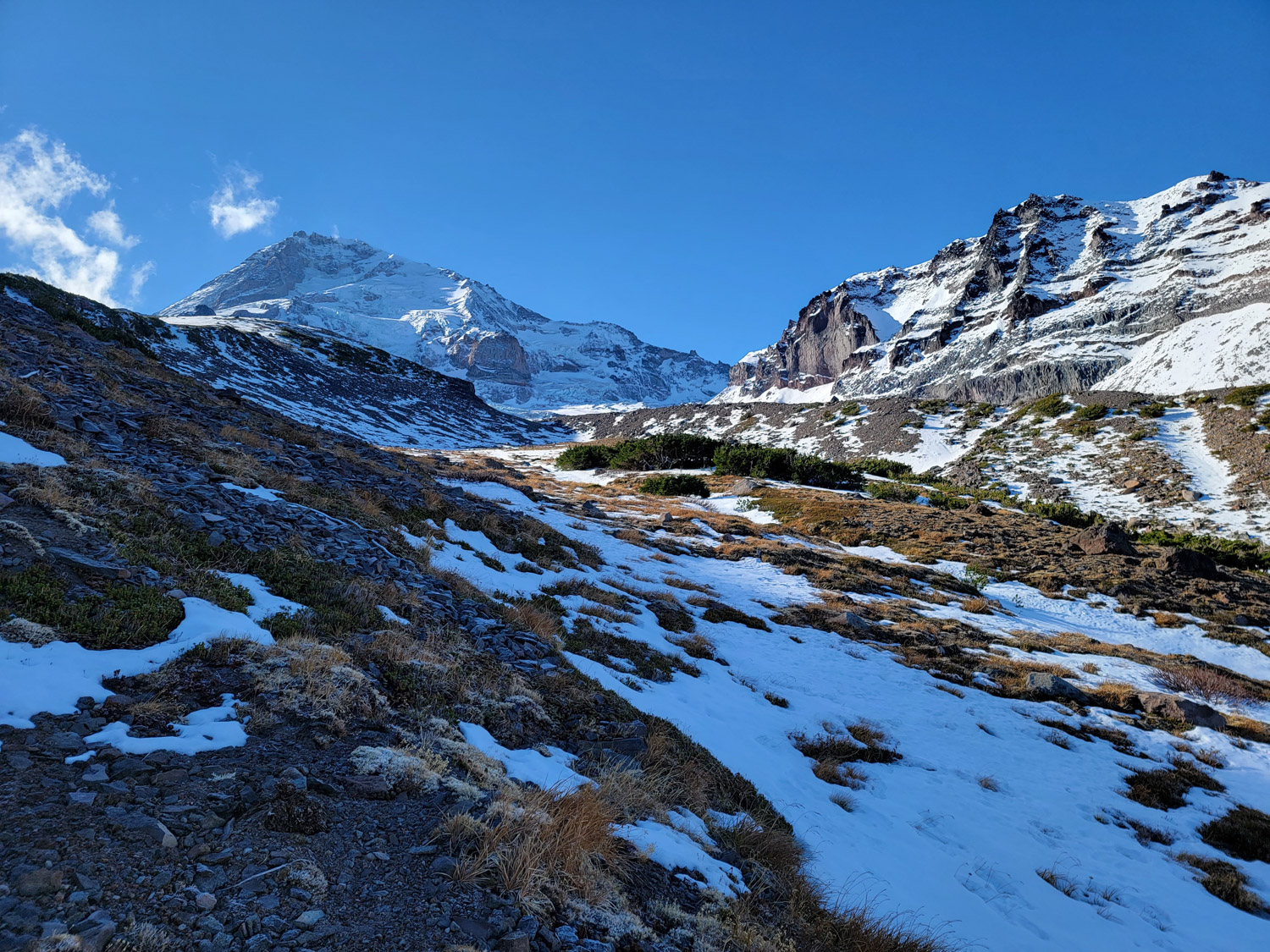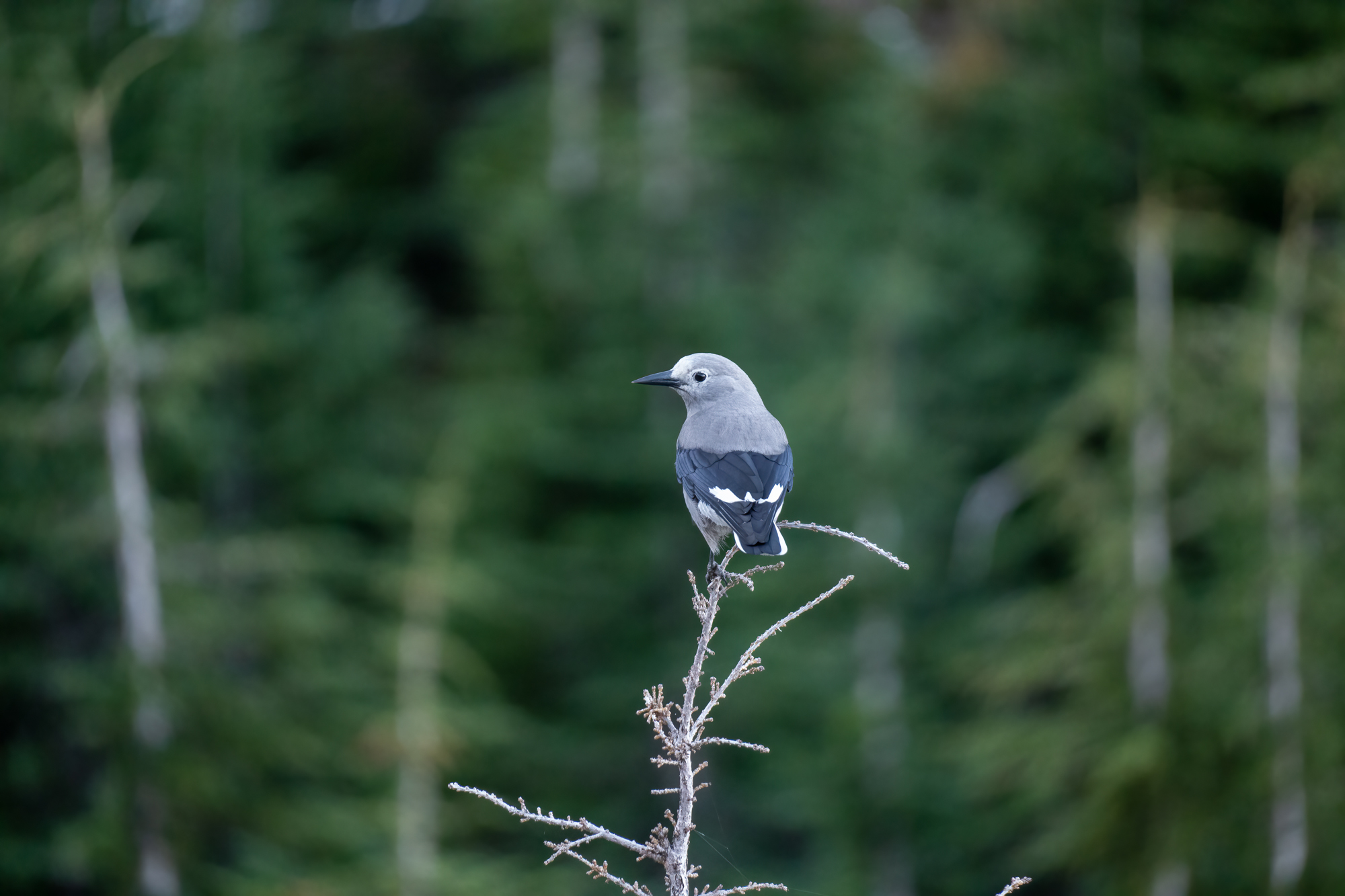Beautiful Benson Plateau and Beyond
A fantastic loop exploration from the river to the top of the Columbia River Gorge
It’s been nearly 2 years since I first explored the grand loop in the Columbia River Gorge that utilizes the Pacific Crest Trail and the iconic Eagle Creek Trail, climbing from the base of the Gorge all the way to Wahtum Lake. This trip I set out to extend the loop with a side trip to Indian Mountain, at the very crest of the Gorge, and to explore more of the trail conditions on the Benson Plateau.
Leaving before sunrise from the PCT trailhead next to Bridge of the Gods in Cascade Locks, after less than a half a mile I realized I had dropped my sunglasses (and would be wanting those later), so I doubled back and scooped them off the middle of the trail nearly back at the trailhead. There’s some construction and development happening at the PCT trailhead just up the hill in Cascade Locks, so a short bit of trail has been cut through the forest to avoid that small road section.

The talus slopes of the PCT as I trekked east provided a chorus of plentiful pikas, greeting the dawn and telling me to go away. Once rounding the corner into the Herman Creek drainage, the PCT bends south, and begins to climb, offering some nice views along the way. At Teakettle Spring, flowing out from a pipe directly blow the trail I stopped to refill water before the final ascent up onto the Benson Plateau.
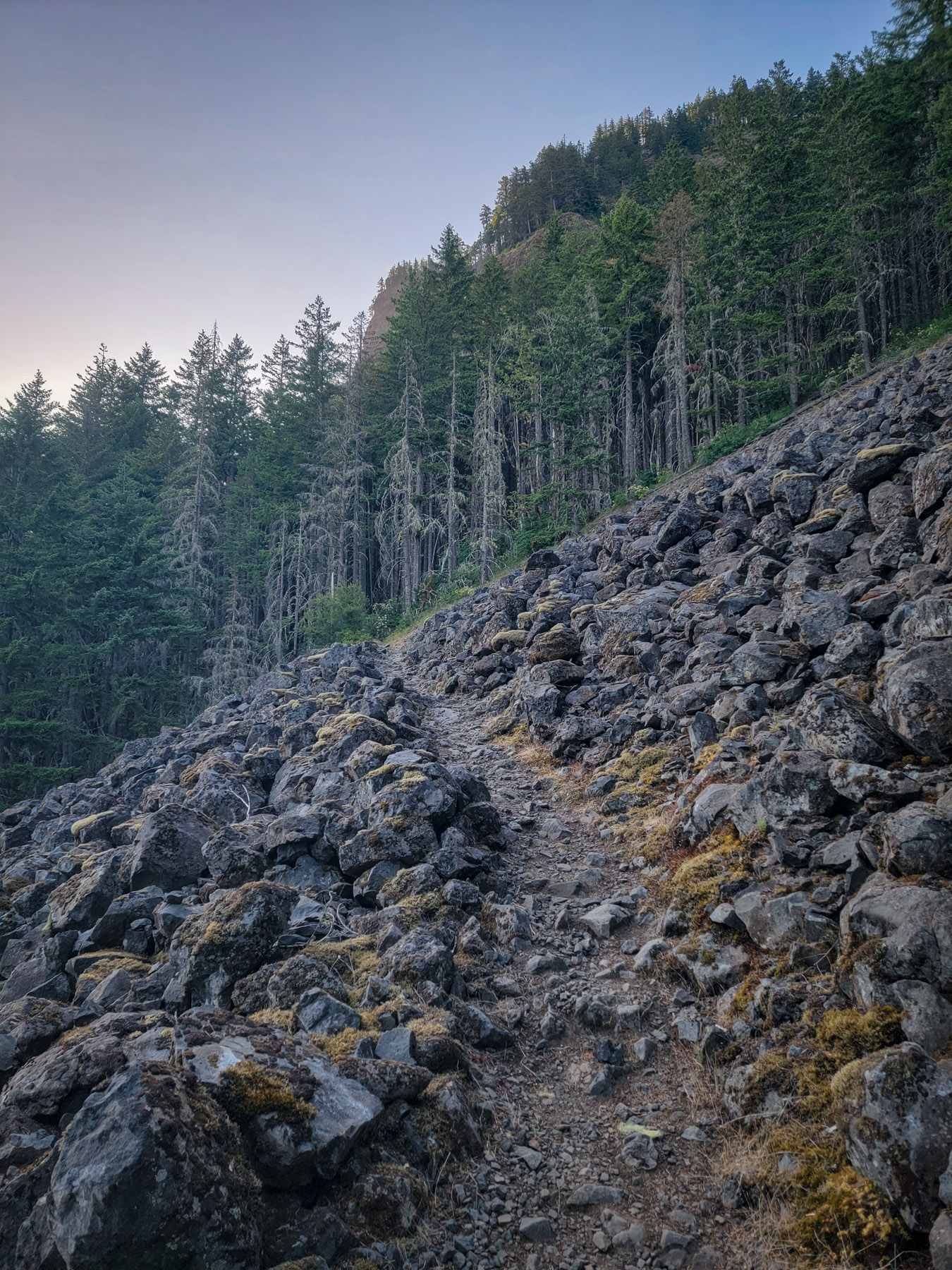


The Benson Plateau is a unique area in the Gorge, a large gently slopping area at 4000 feet covered by younger forest rising up over an expansive carpet of bear-grass. Small tarns and meadows dot the area and there is a pleasant otherworldly feel to the area. The edges were singed by the 2018 Eagle Creek Fire, and the Ruckel Creek Trail and Eagle-Benson Trails plummet off the northwest and southwest of the plateau into the devastation of the burn, and have not been opened up yet for safe travel. First on the Plateau I poked into the 405B Benson Way Trail, but it quickly became apparent that it had been abandoned and while the corridor was possible to find, traveling it would be slow going and over many logs.
Just 0.7 miles south on the PCT the Benson-Ruckel Trail 405A leaves west across the plateau before dipping down to the Ruckel Creek Trail. Following downstream a short distance, Hunters Camp features several excellent camp sites along the idyllic creek, and just after the camp the trail closure is prominent, warning hikers away from descending into the overgrown burn zone below.
I cut back across the heart of the Plateau to the PCT on the Ruckel Creek Trail, passing by the Benson Camp, another large camping area. The south end of the Plateau was taken by the fire, and the southern connection of the Benson Way Trail where it meets with the PCT disappears almost immediately into obscurity. Descending south, I encountered a group of PCTA and SCA trail workers out working to clear the PCT, who told me the Forest wants to prioritize reopening the trails on the Plateau, and those leading up to, which is exciting news, and will require a lot of work.



From Benson to the base of Chindere Mountain much of the trail is through burned forest, with rocky ledges and stacks along the ridgeline, offering some of the first expansive views of both the Herman Creek drainage and of the vast swathes of gray and white burned out forest along the slopes of the above Eagle Creek. I headed down the Wahtum Lake, enjoyed the cool breeze barreling across the waters for a moment, and then continued along the mildly graded, mostly shady stretch of PCT that leads to the abandoned Indian Springs Campground.





After generously applying sunscreen, I passed the campground on the PCT the short distance to one of my all time favorite views in the area. The open rocky covered slope of Indian Mountain has a distinct alpine feel, and a panorama the spreads out the Gorge in front of you, beyond the vastness of the Eagle Creek canyon. Helens, Rainier, and Adams are all visible in the north. Big sky views here!


Indian Mountain summit and former lookout site lies less than a mile to the south, so I climbed up for the views of Mt Hood from it’s rocky perch. With the heat of the day really starting to kick in, I was glad that this was the highest elevation for the day, and what remained was nearly all downhill.
Returning to Indian Springs I poked around the old overgrown campground with sites still utilized by PCT hikers, and a pit toilet standing for the adventurous. A spring put water out right over the trail, and I filled up before my long drop. Indian Springs Trail was one of the few remaining stretches of trail I hadn’t covered in the area (that aren’t destroyed or closed by the fire) so it was nice to have some completely new scenery. There is a magnificently large talus field that the trail cuts straight through, before hugging the ridgeline on a descent, finally back down into the burned forest. Despite dozens of trees down, the way is still navigable, although it would be much more of a challenge ascending with a loaded backpack.


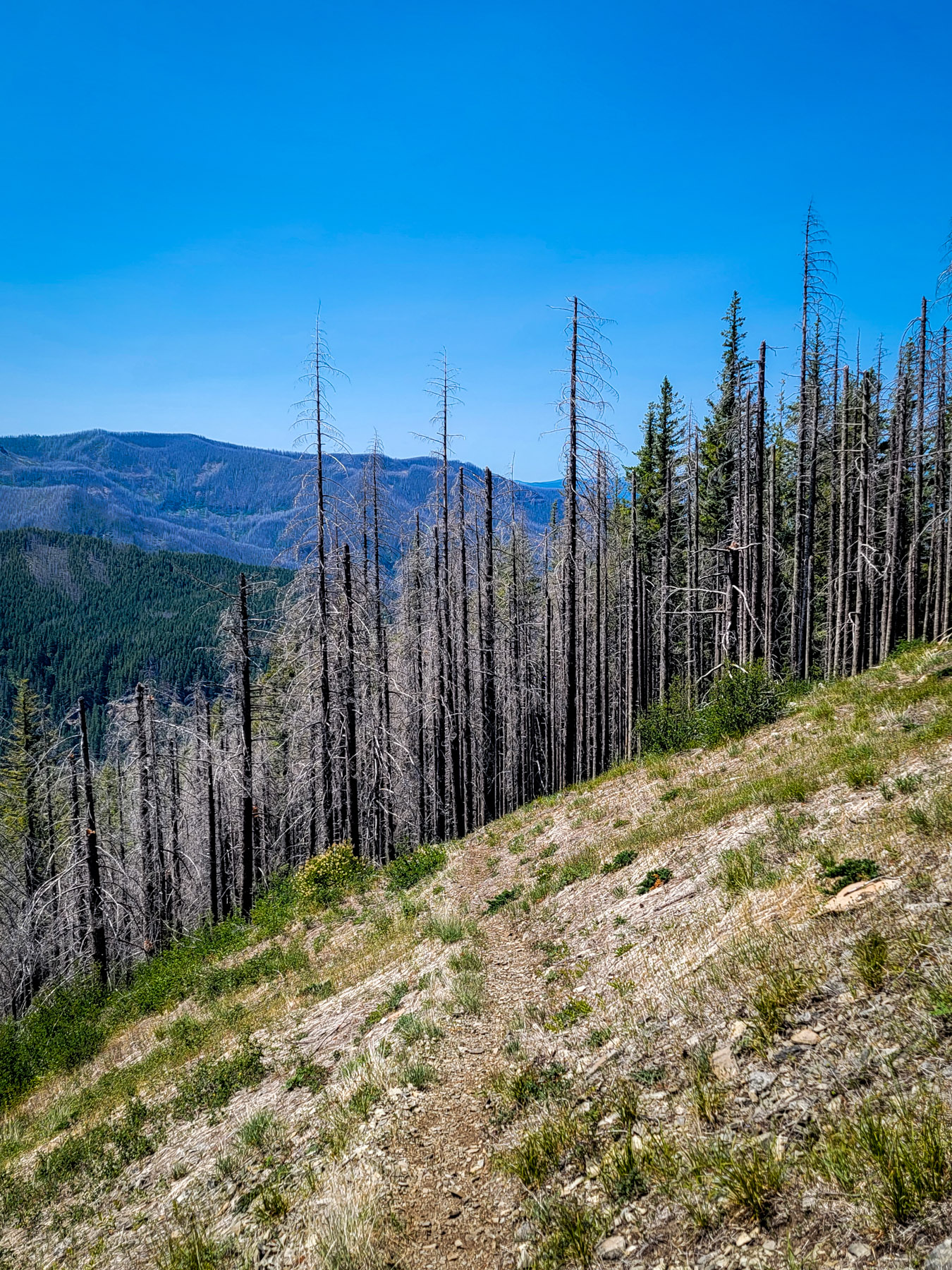
The trail meets the Eagle Creek Trail after about 1.8 miles, dropping from around 4200 feet to 2500 feet in elevation. With the drop in elevation came the rise in temperature, and now in the middle of the afternoon, the canyon was really starting to bake. The rest of the descent to the where the trail finally reaches along the creek has substantial overgrowth that will be a constant project for crews to trim back to keep the trail accessible. The salmonberries and rest of the zealous undergrowth will quickly take over if not for the dedication of the trail volunteers and crews that do a tremendous amount of work on the trail.



I followed the trail down creek, stopping to record the locations of campsites along the way, and finally got into some shade before arriving at the pools above Twister Falls, the point at which the outstanding geologic magic of the canyon begins (or draws to a close, if you have ascended from the trailhead). With the waterfall corridor, an influx of visitors marveling in the falls, sheer cliffs, and trails cut dramatically out of the lava rock. While the high afternoon sun baked the canyon and slowed my progress to avoid overheating, the angle of the light did provide for some stunning illumination of the canyon and falls along the eastern side.


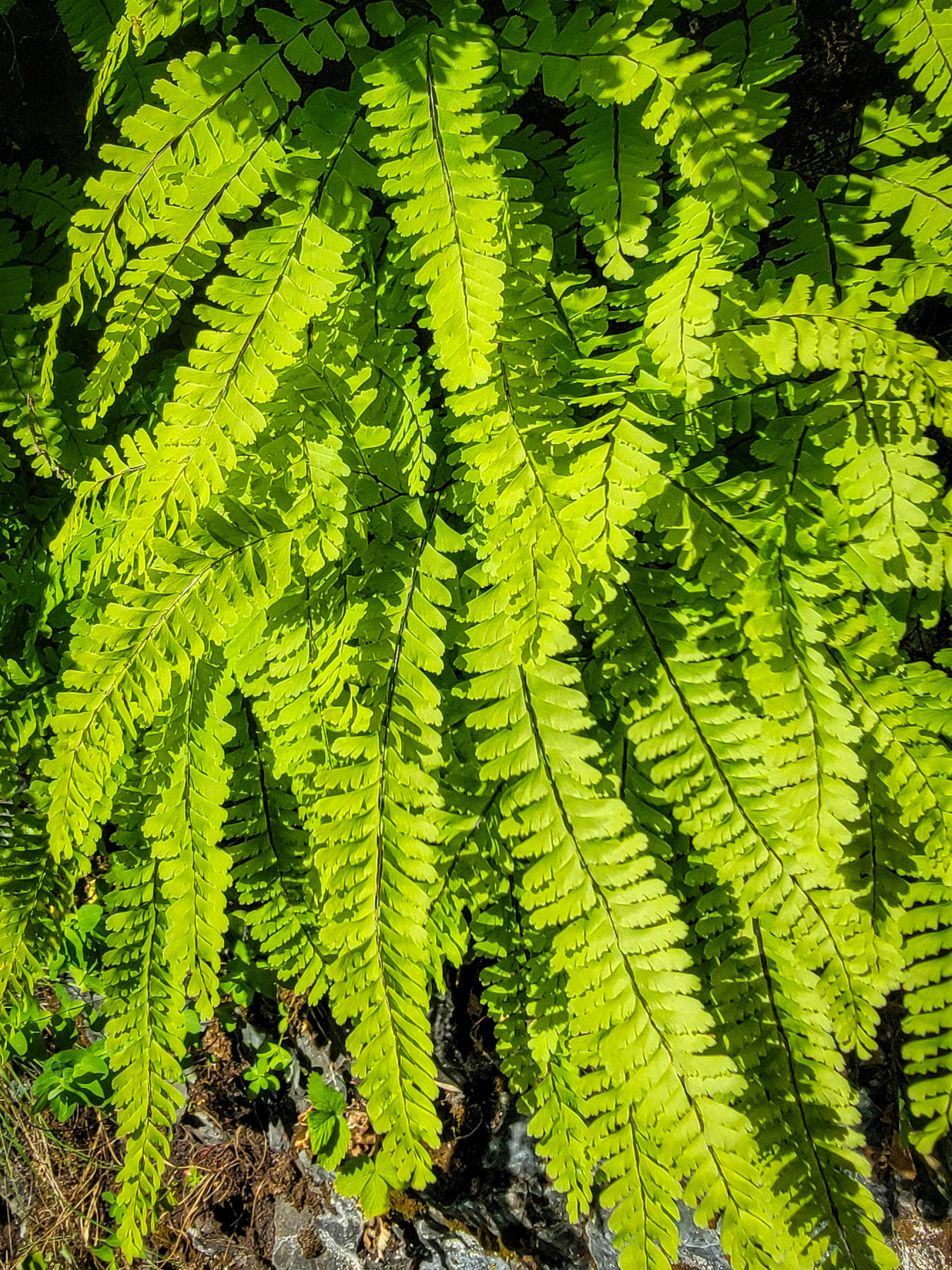



It’s a magical trail with complex and astounding geology and around every turn is another mind blowing view, but with the heat pressing high in the 80s I was relieved to reach the obscure standing petrified stump half exposed in the trail that signals the parking lot just a head. From there it was just a few miles back to Cascade Locks along the Historic Highway bike path (where I was delighted to find trailside offerings of blackcaps and thimbleberries), making for a day with a bit over 39 miles and around 5700 feet of climbing.














